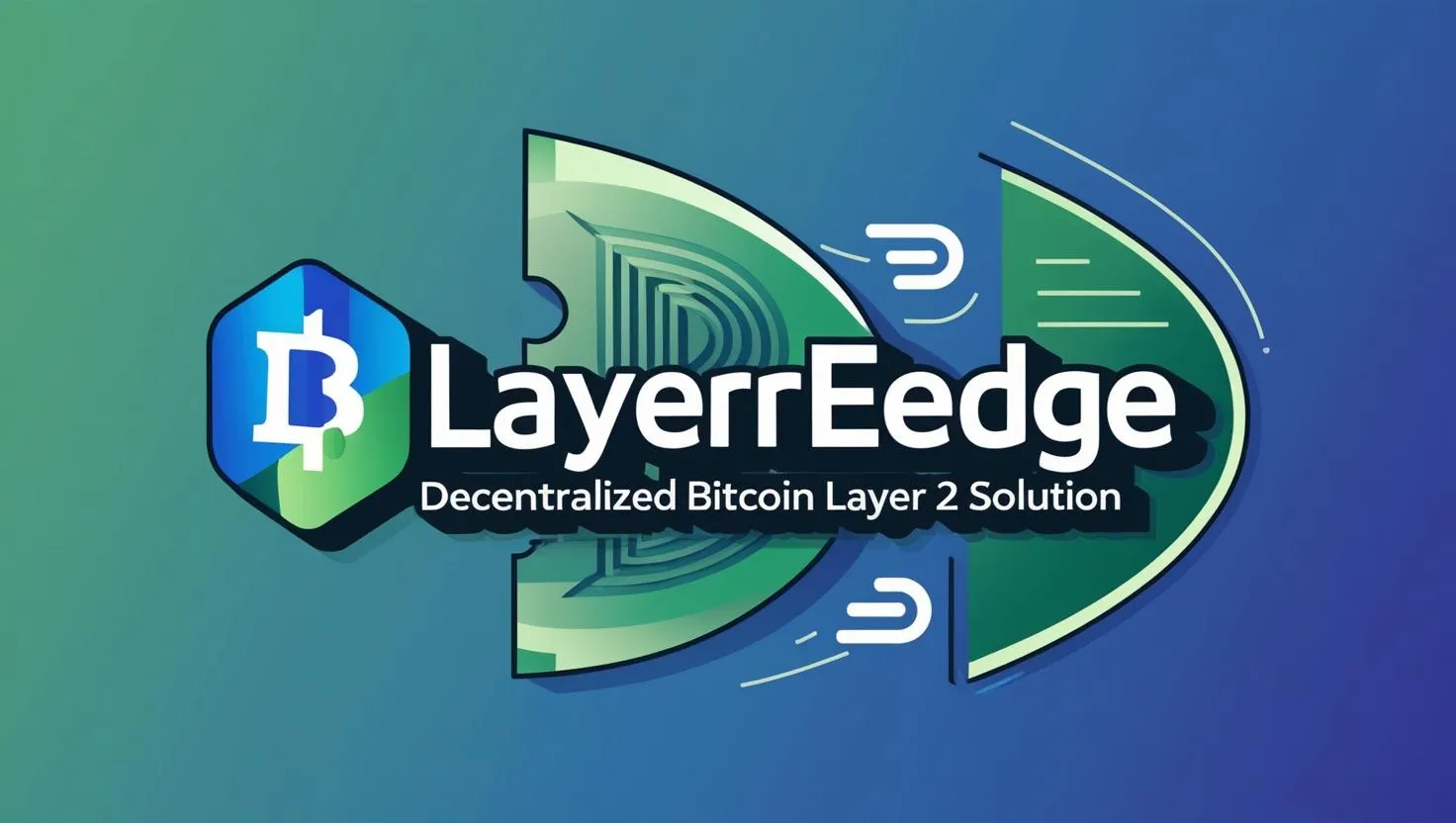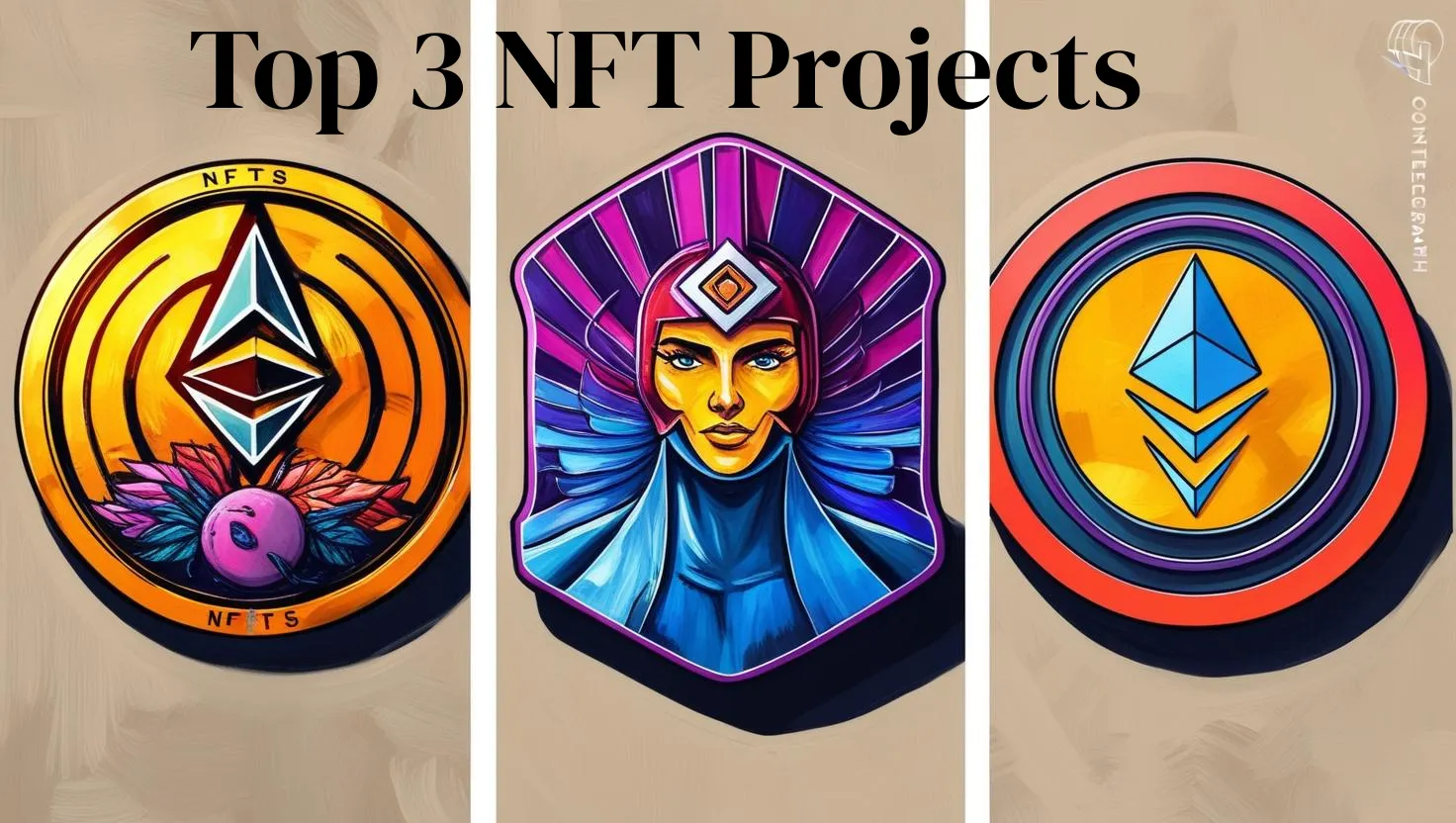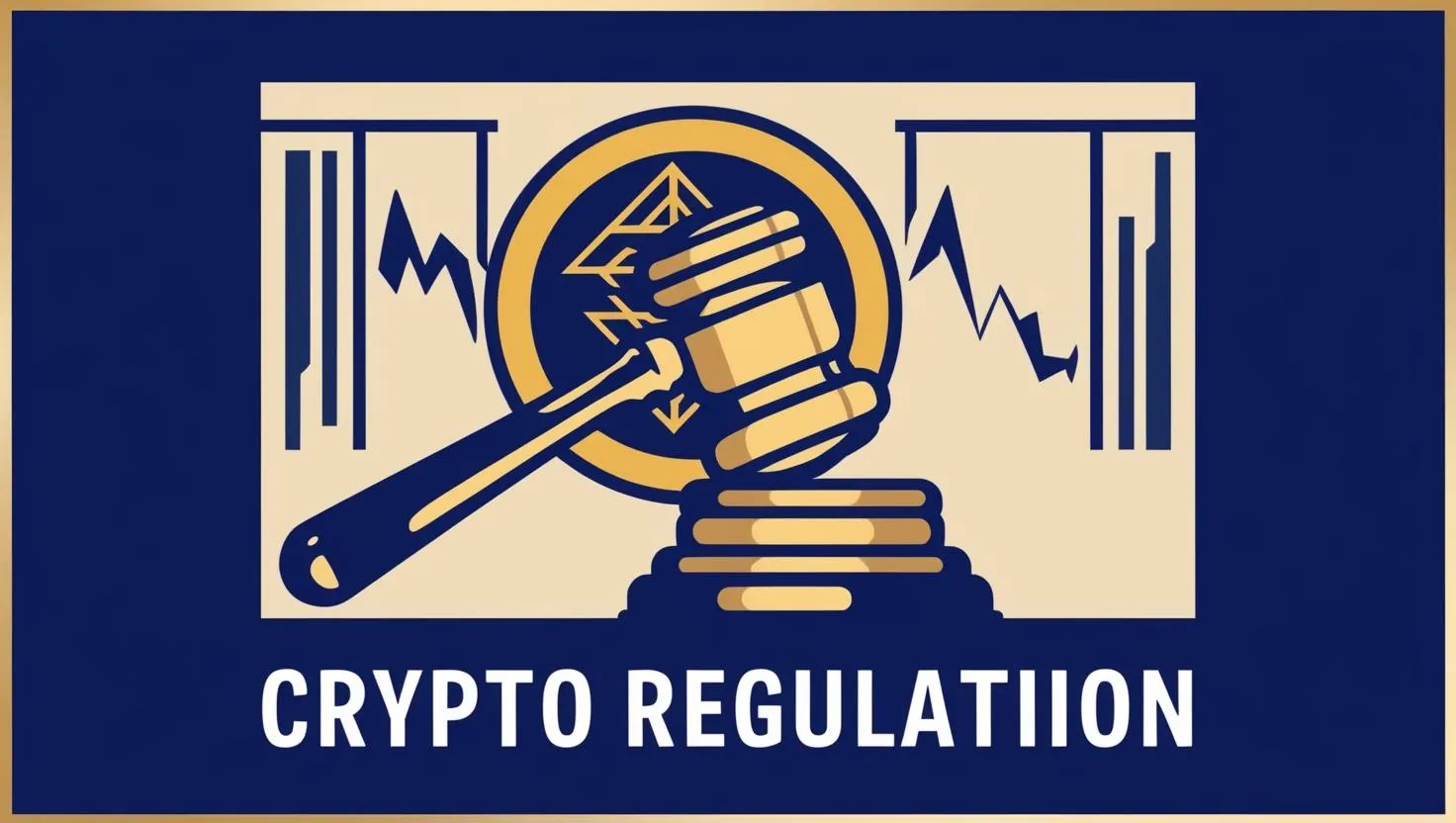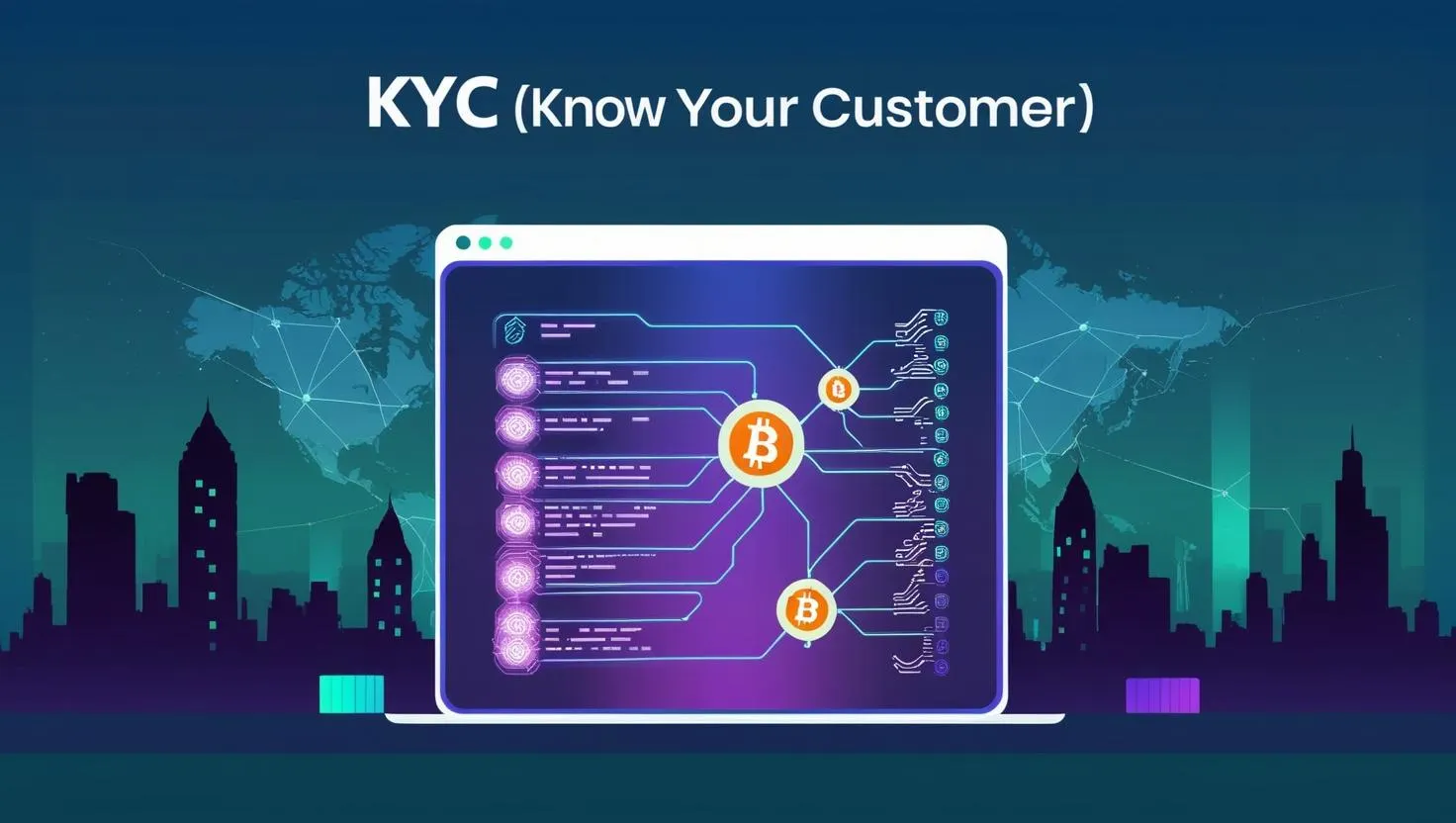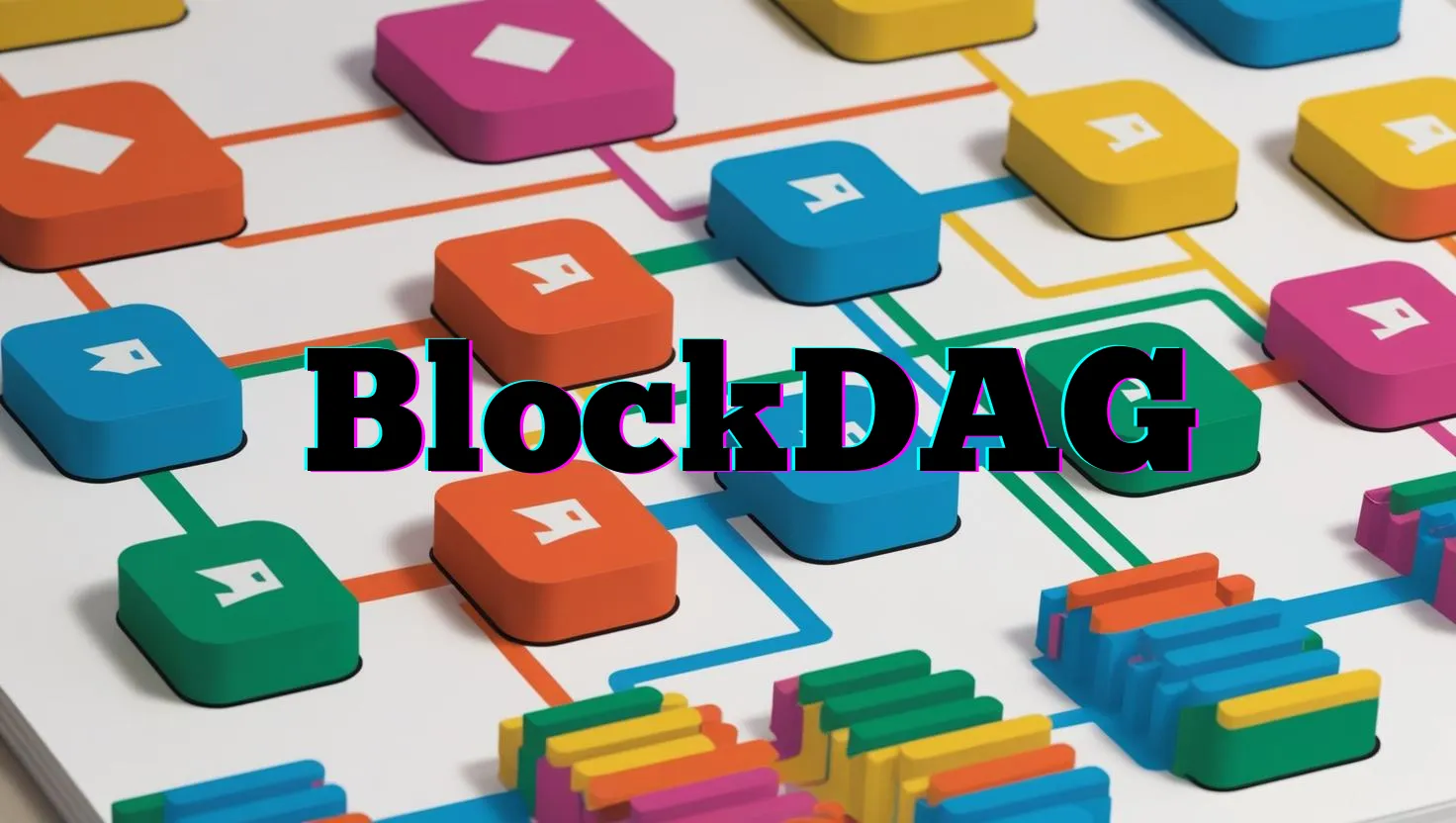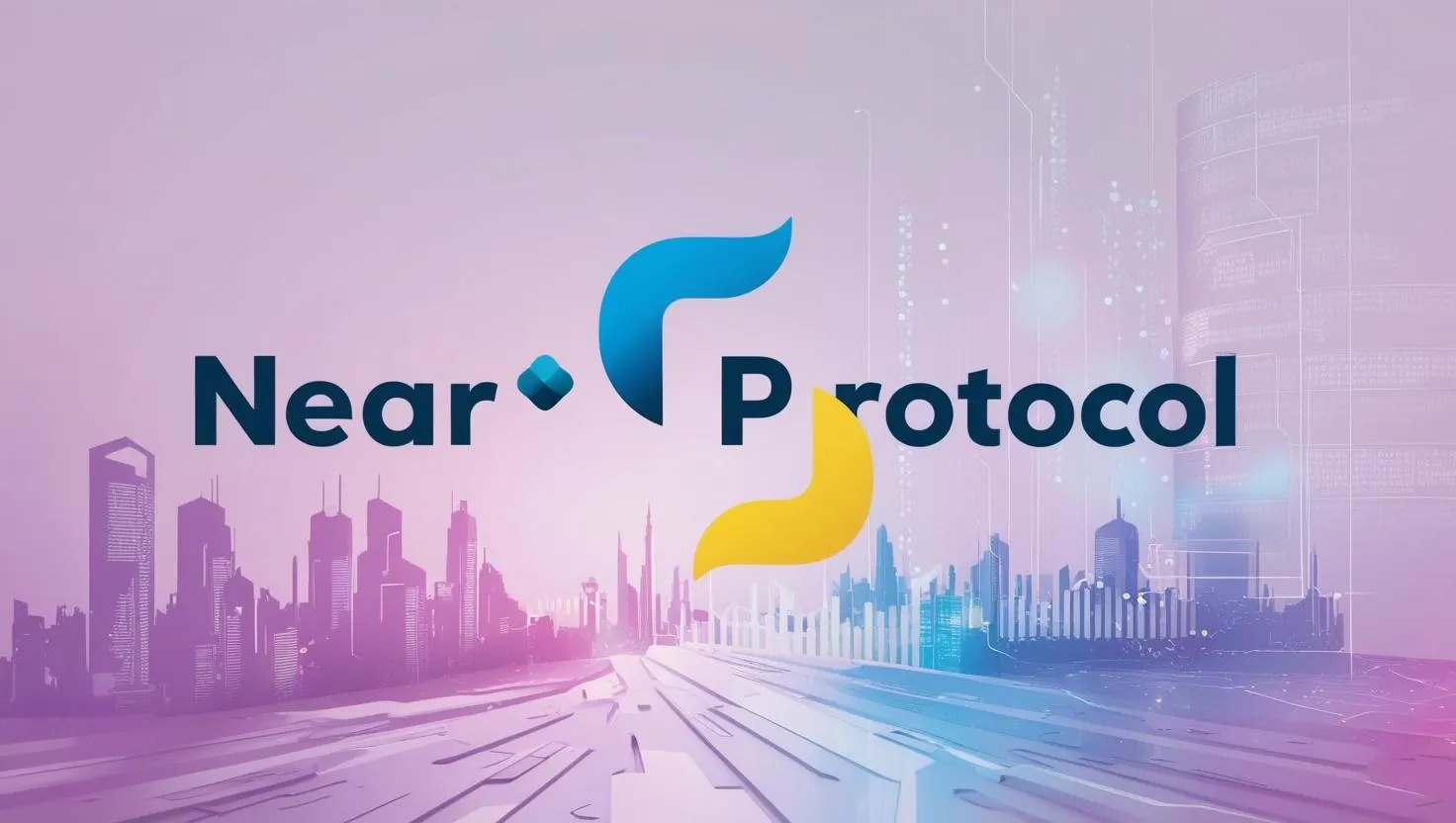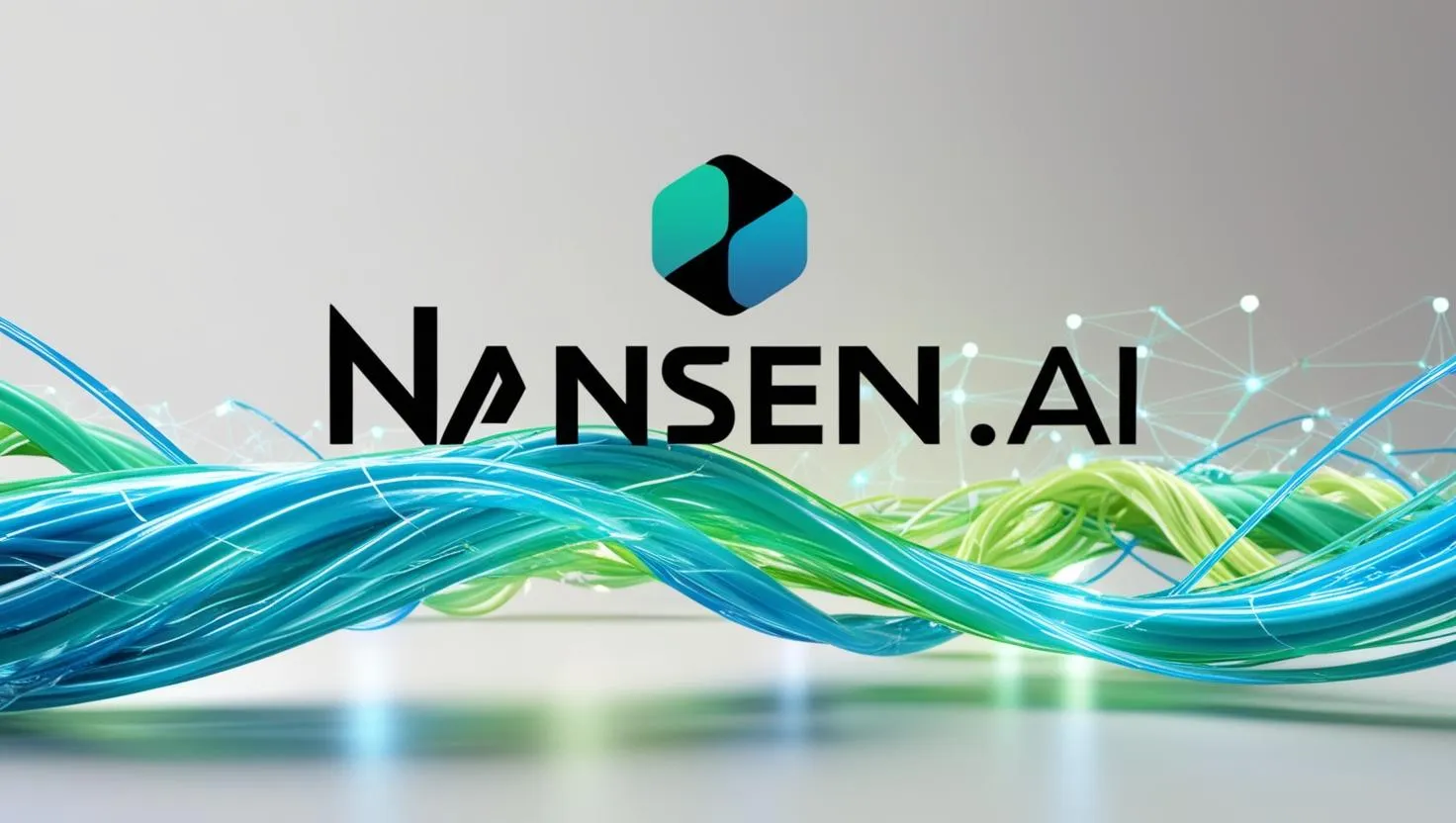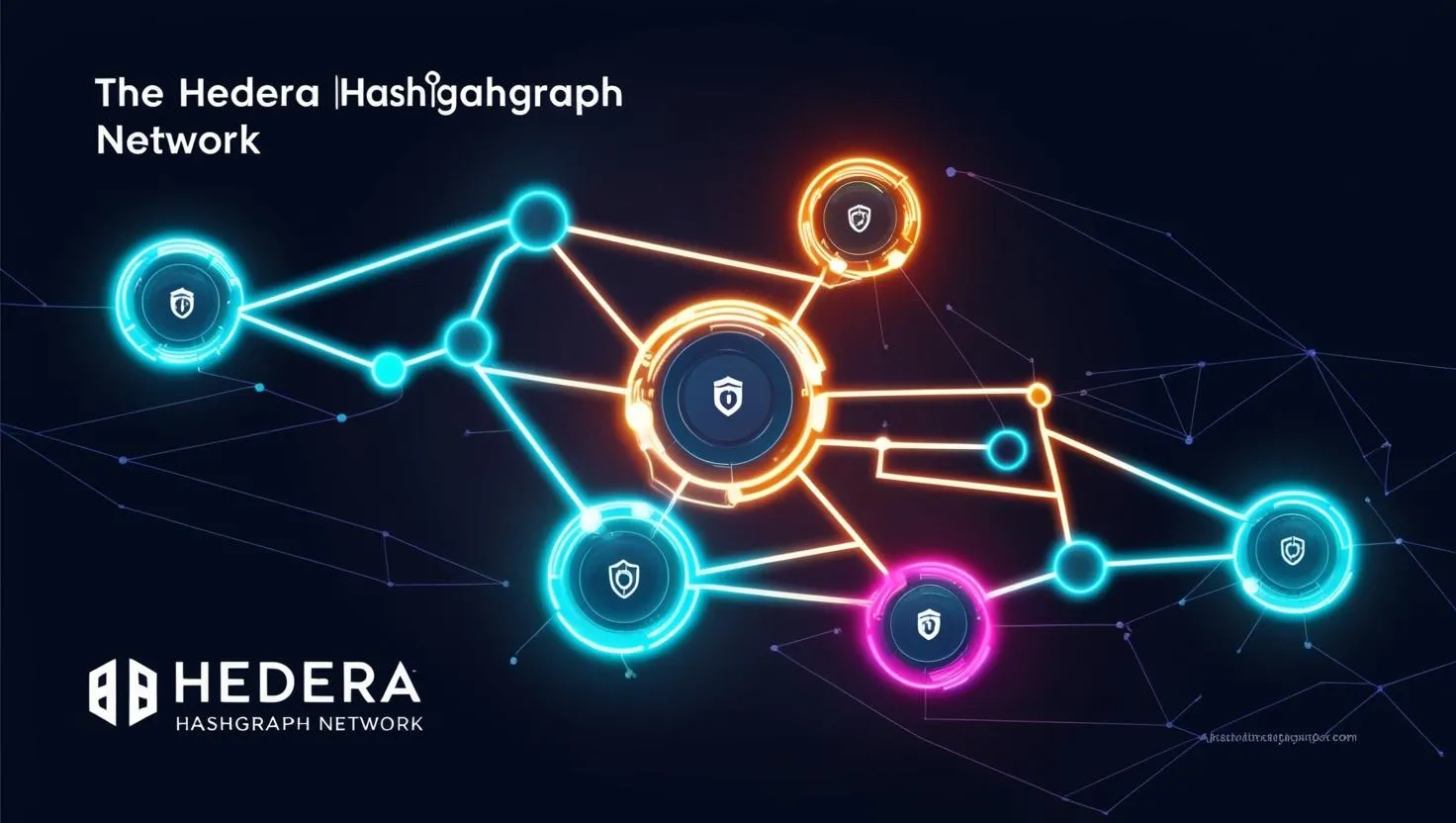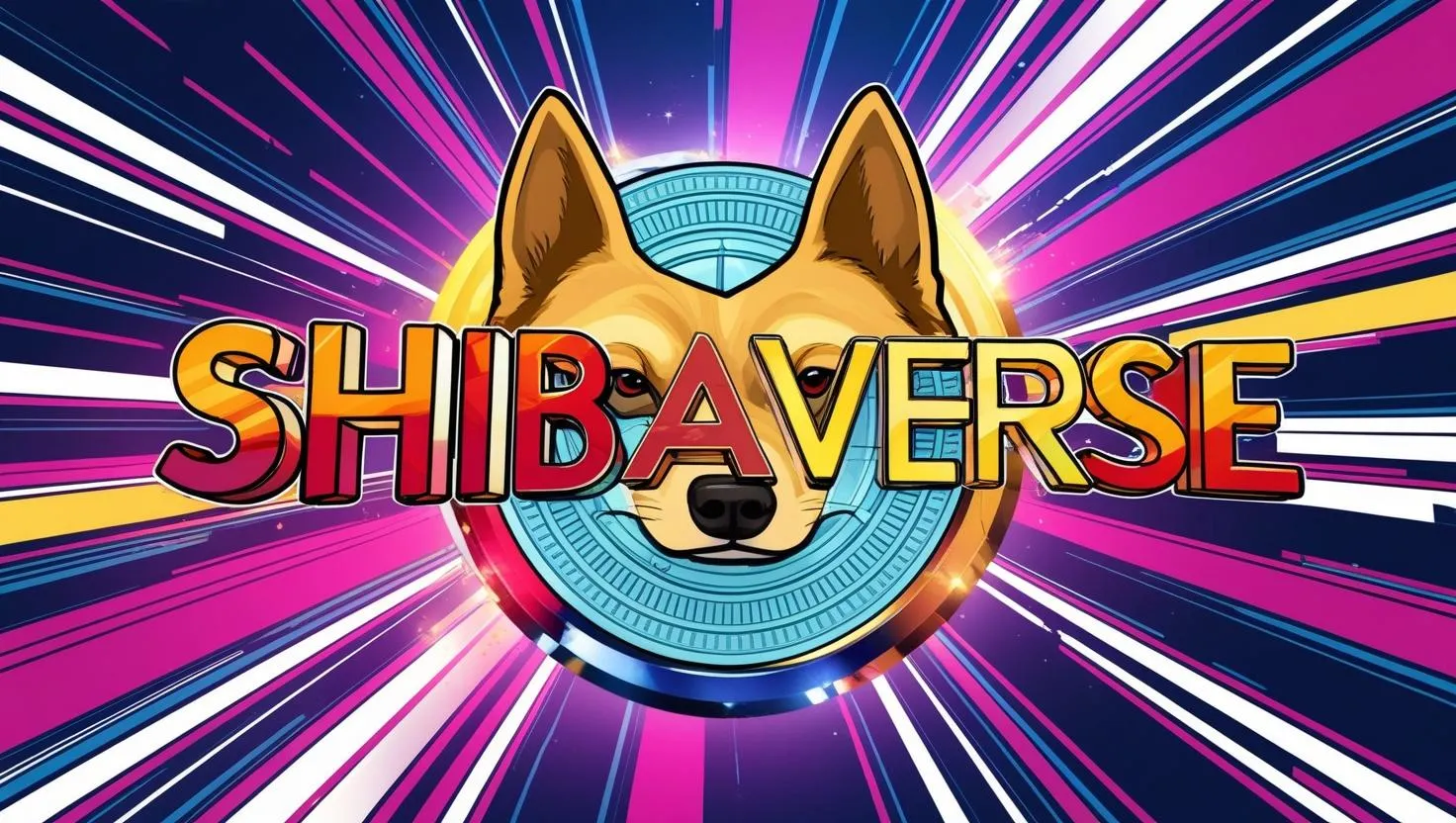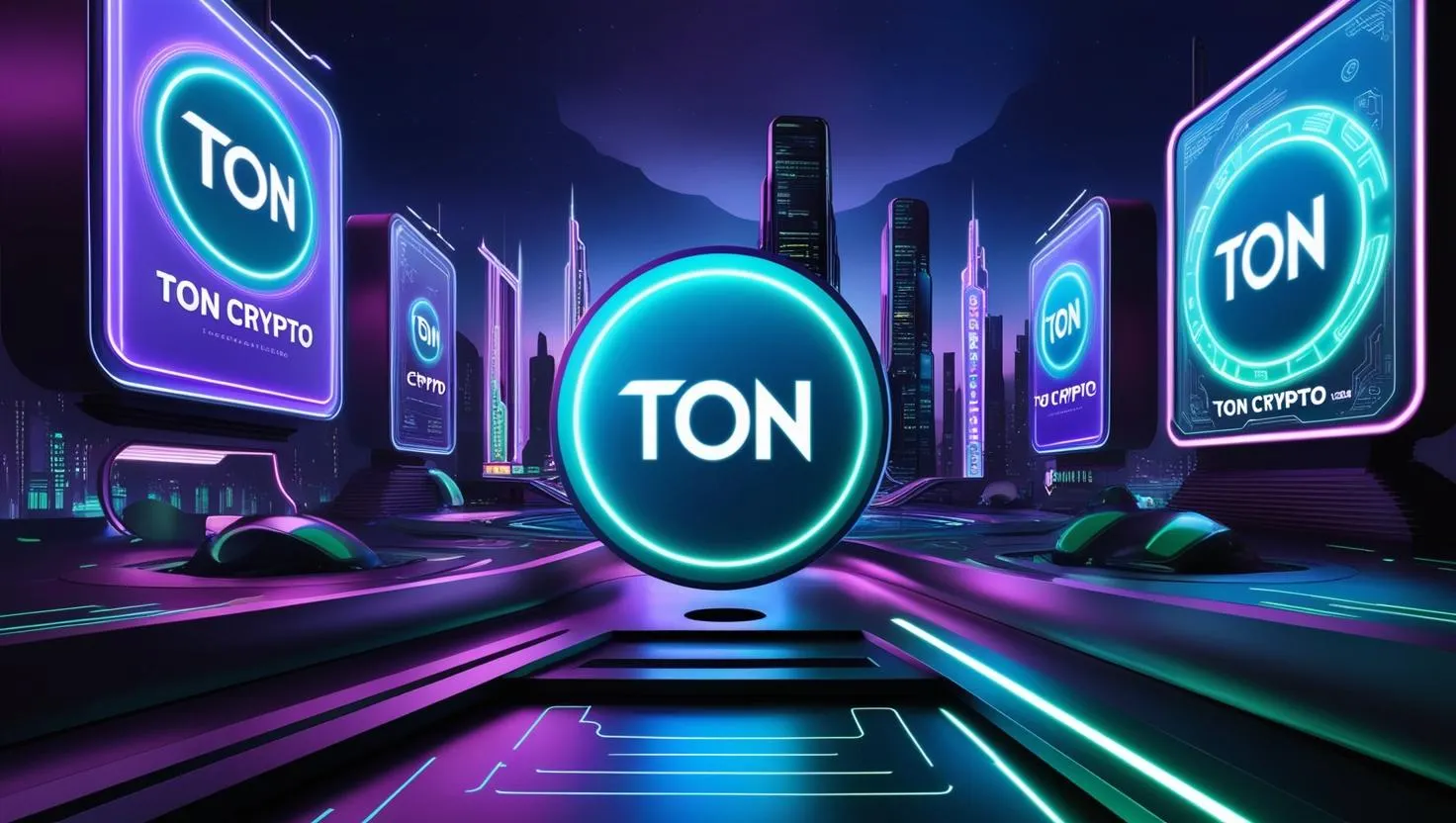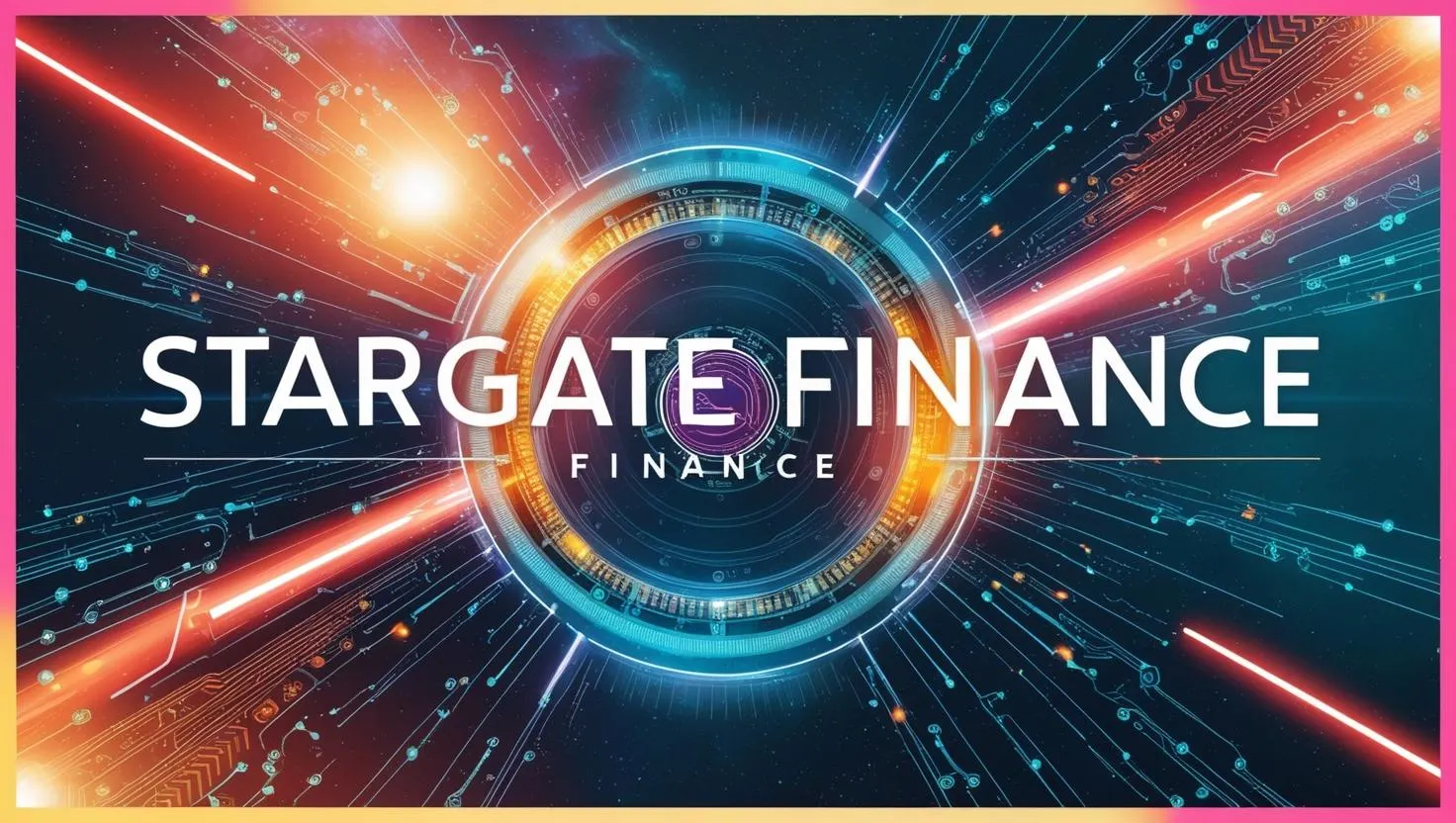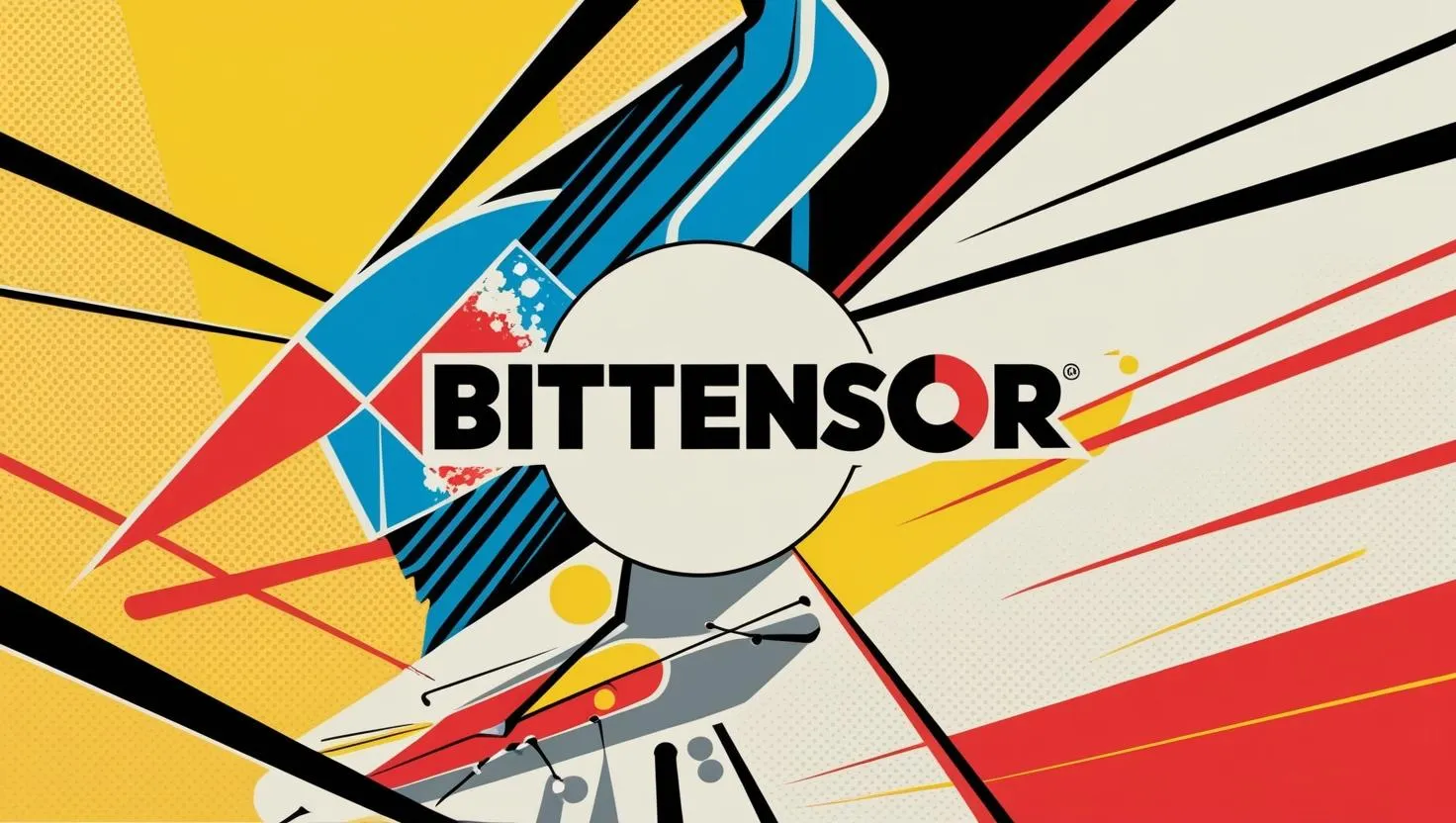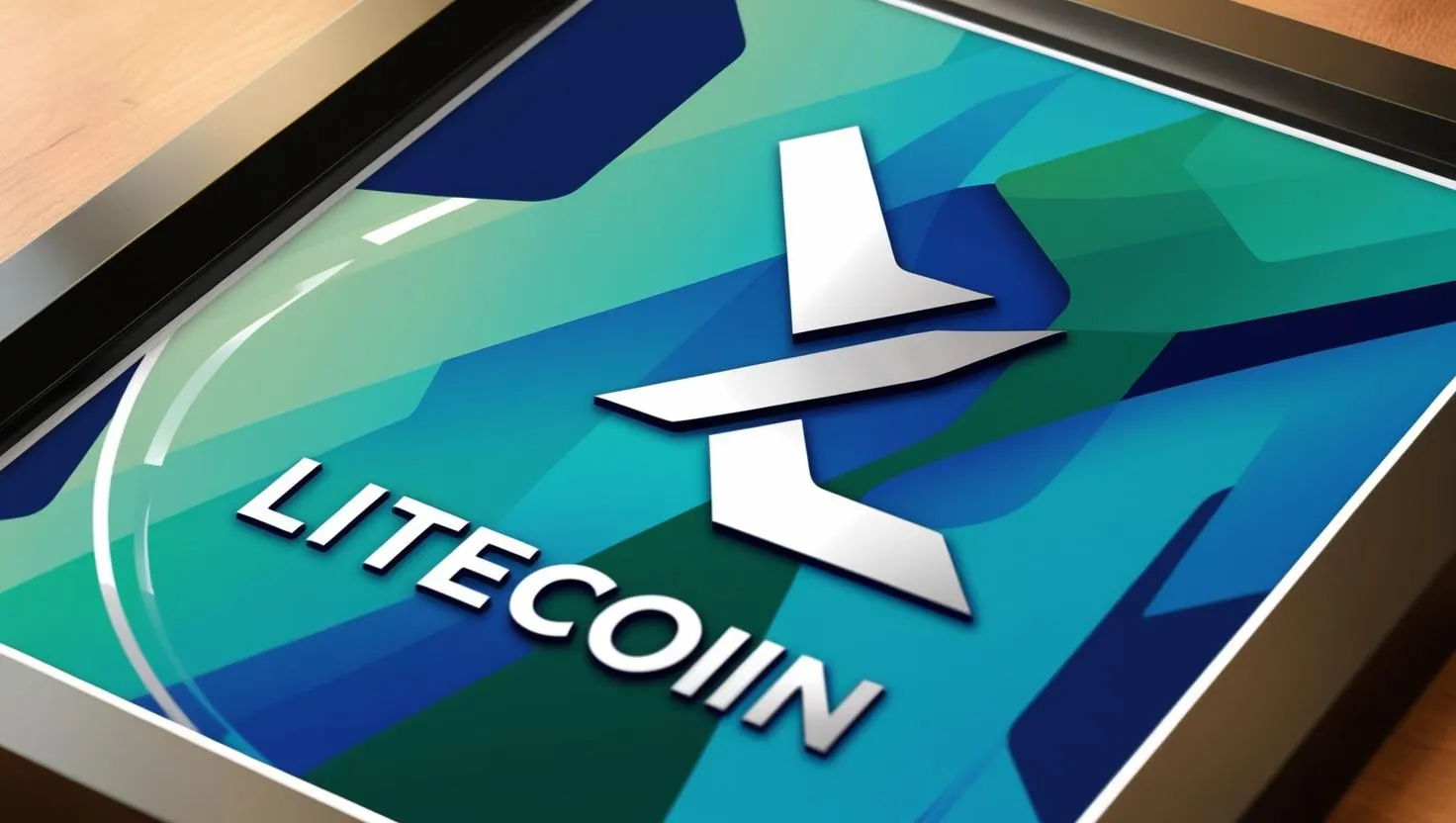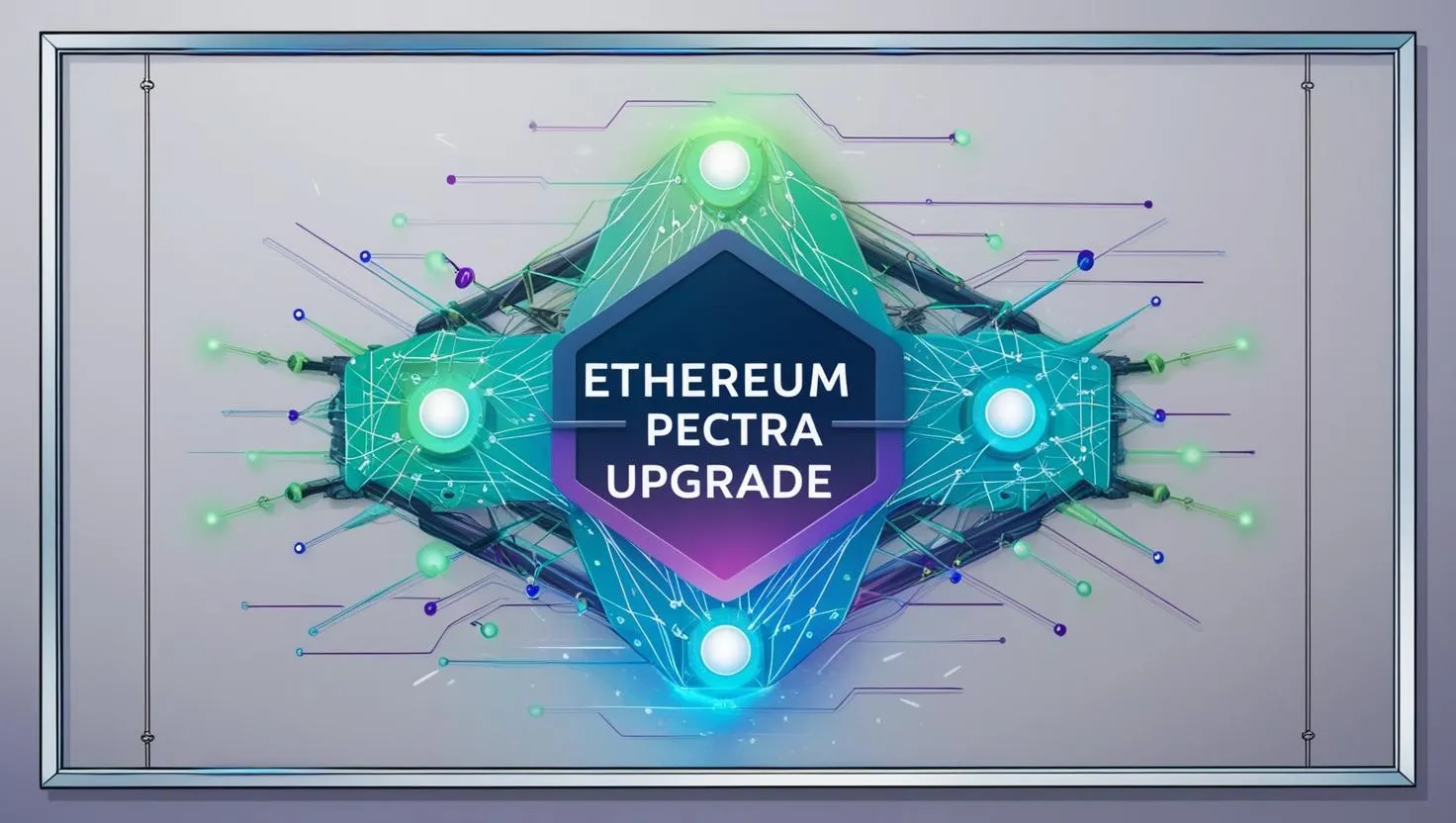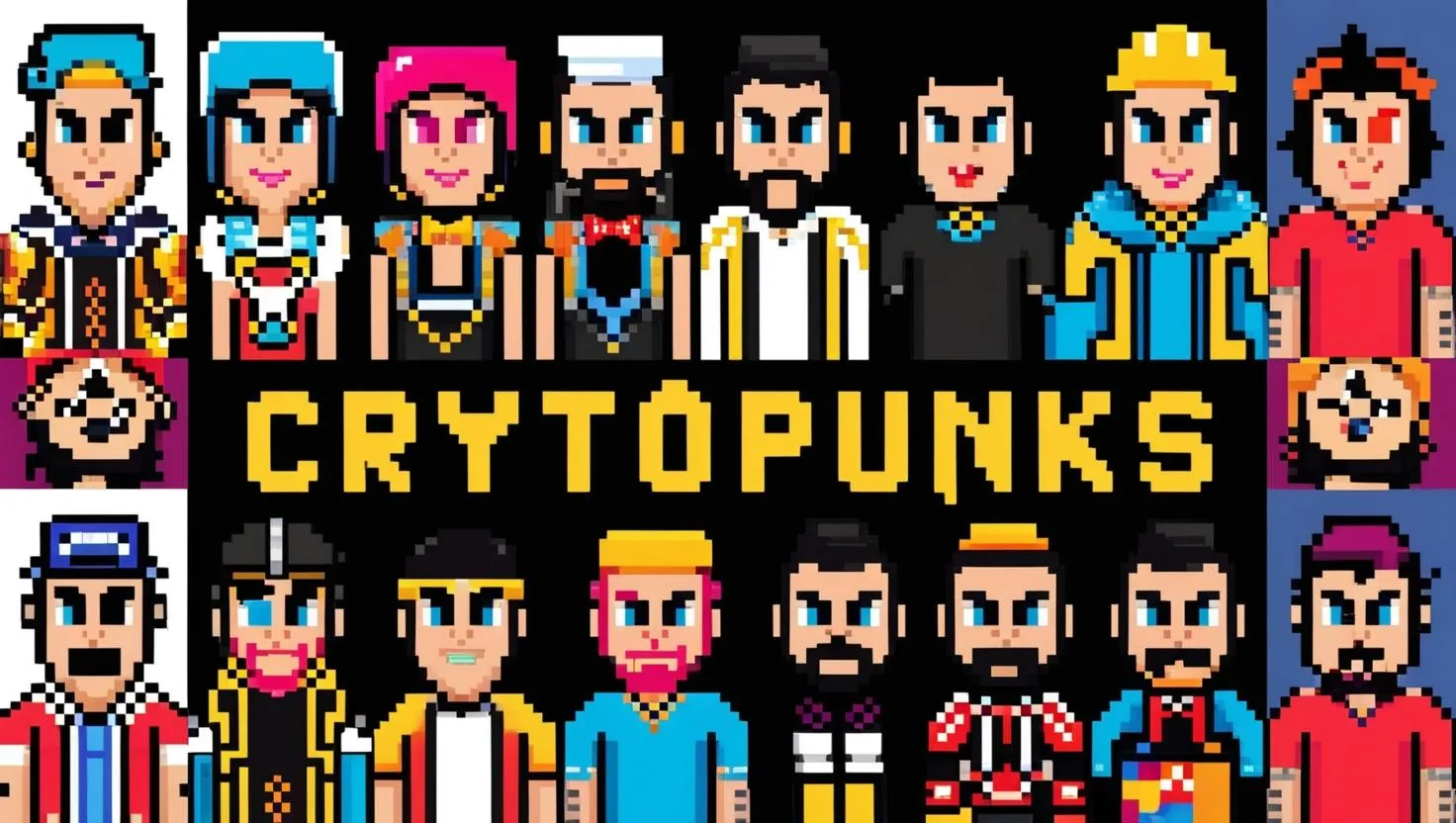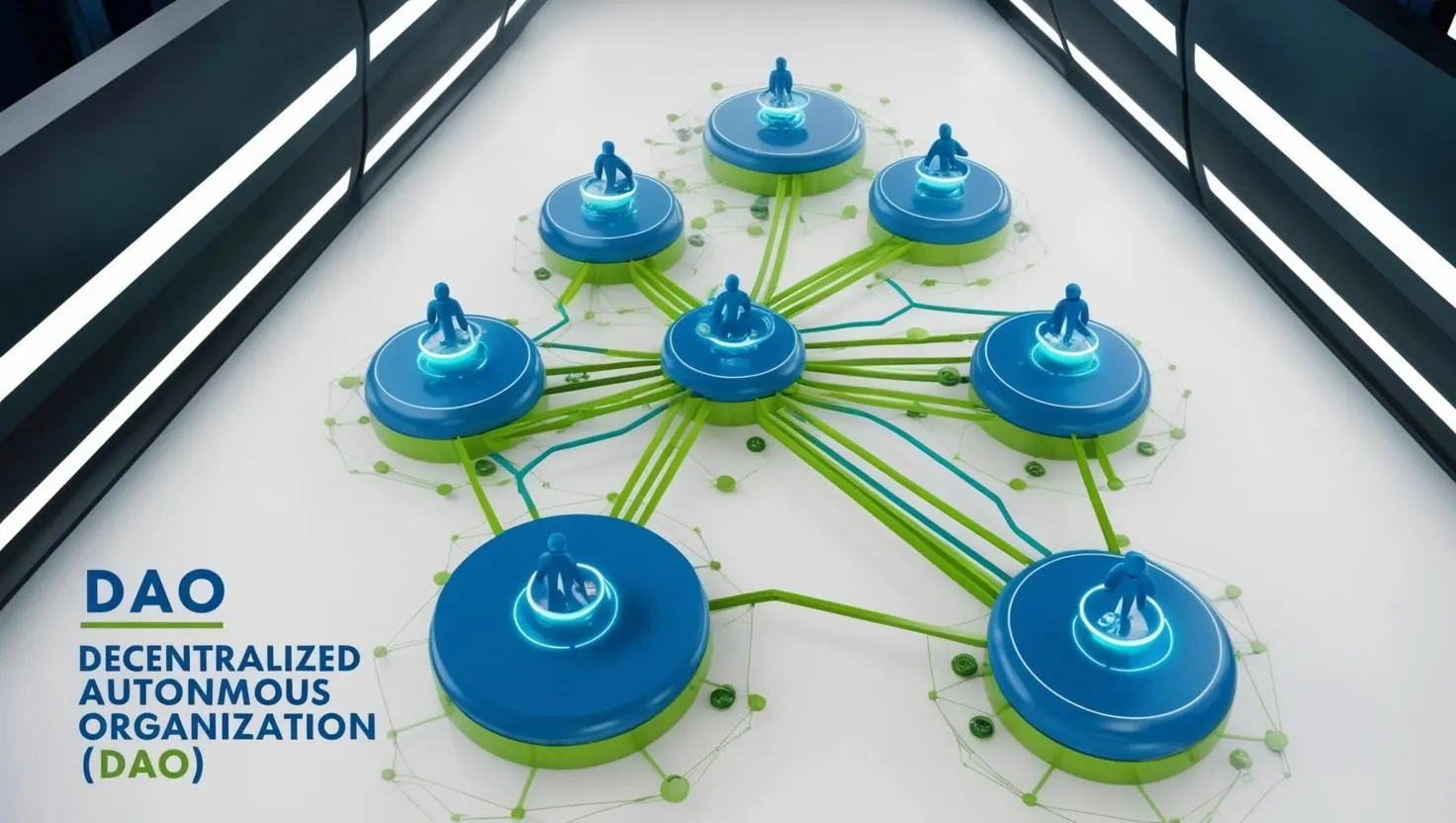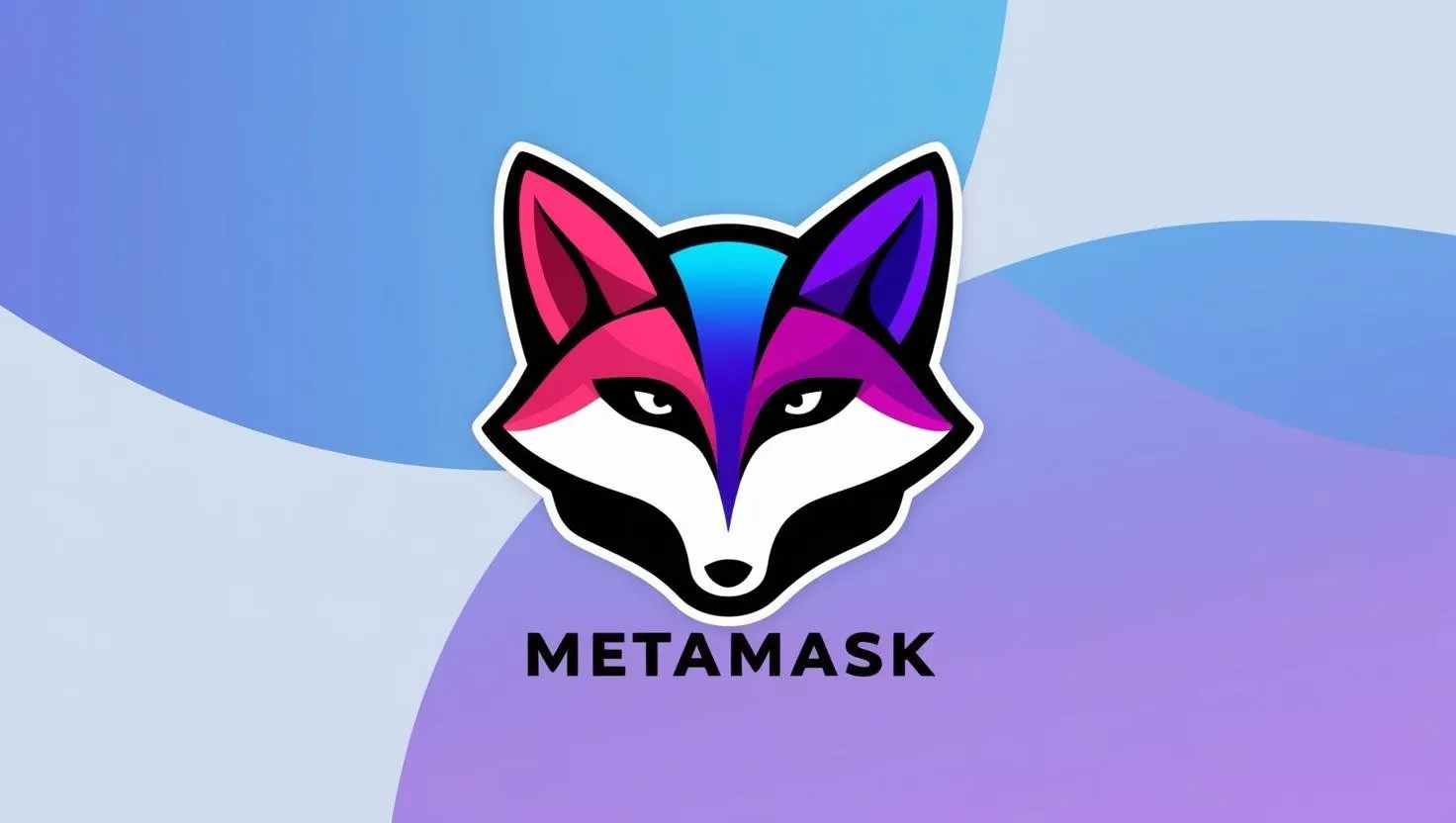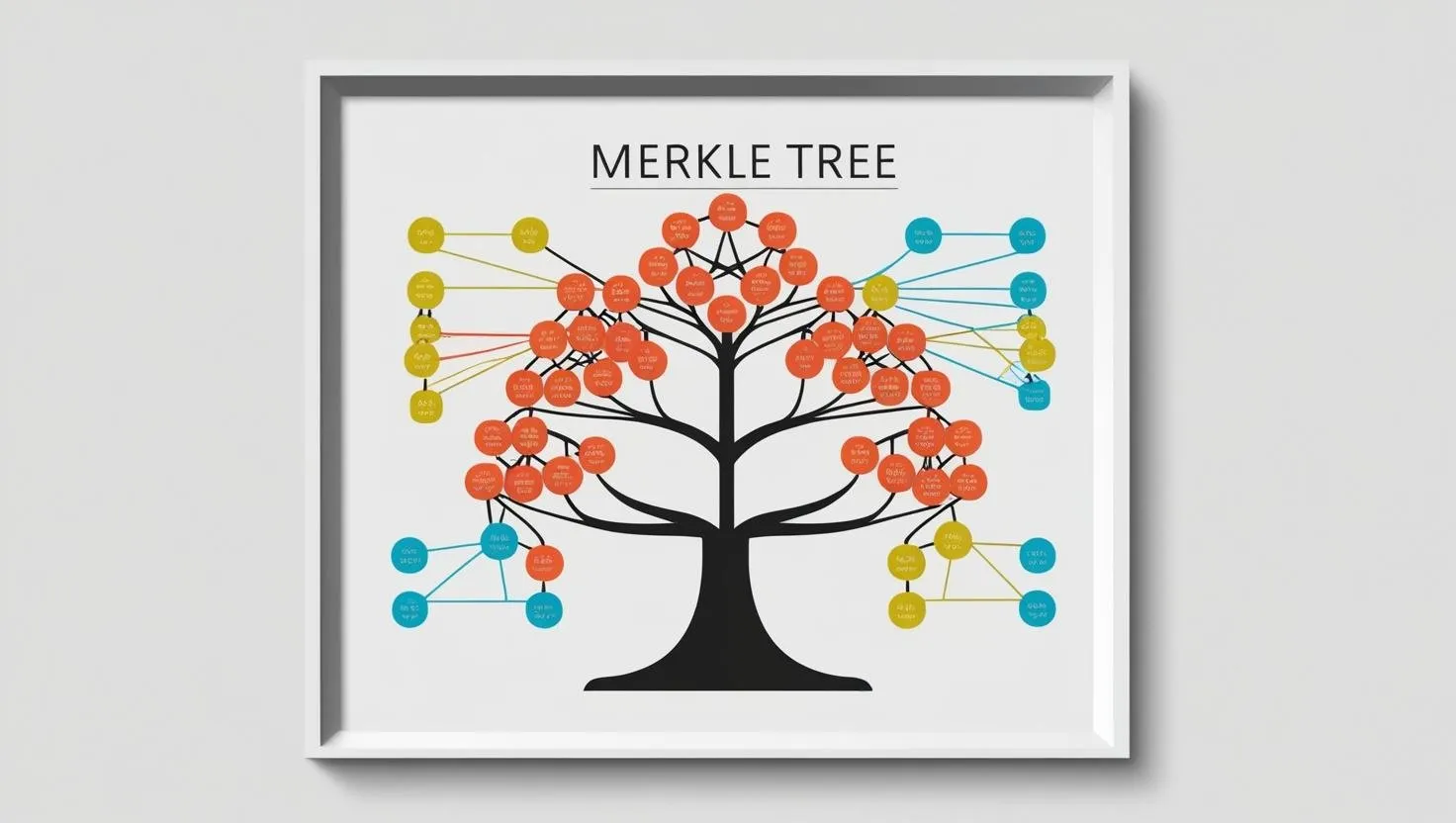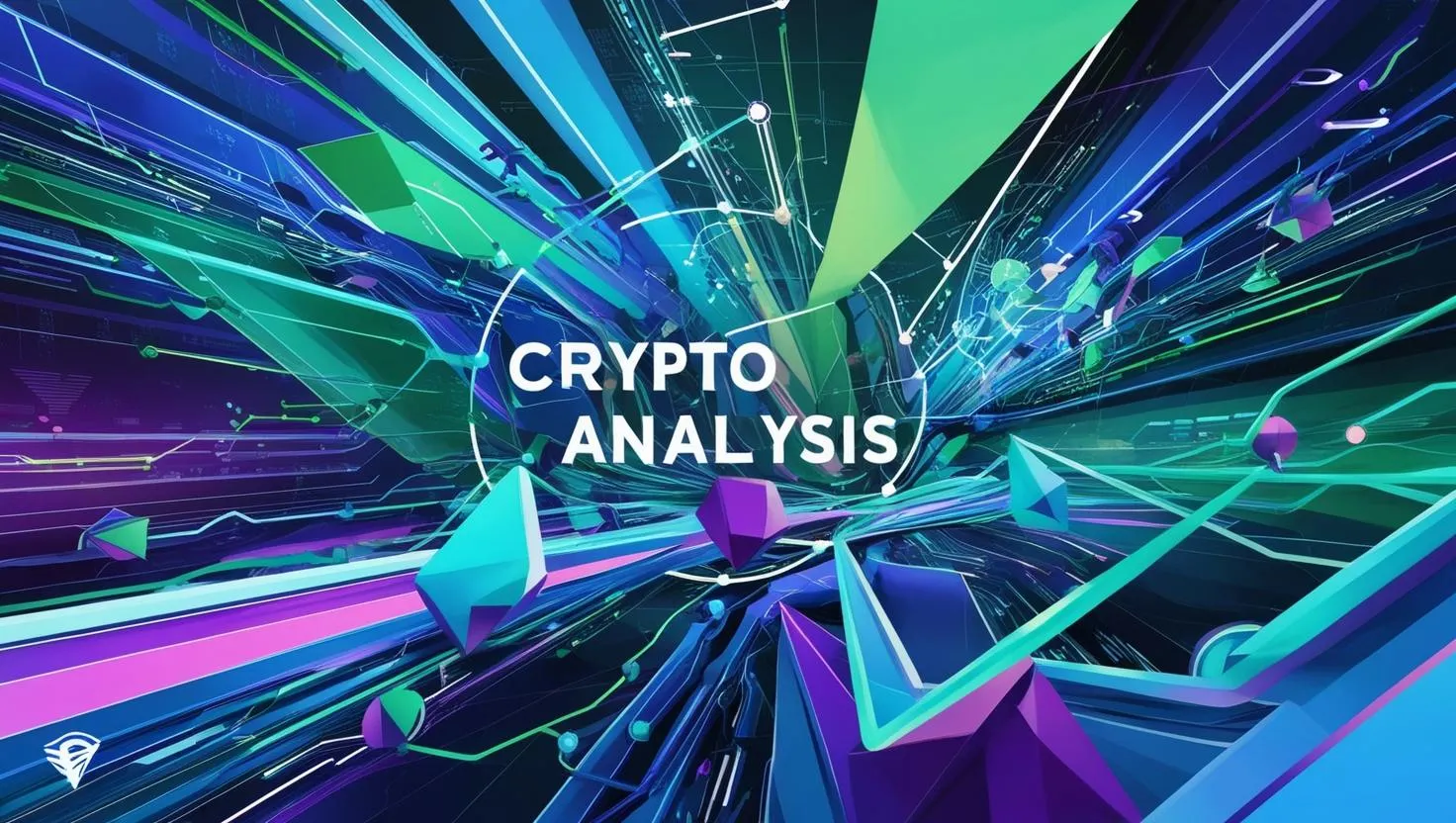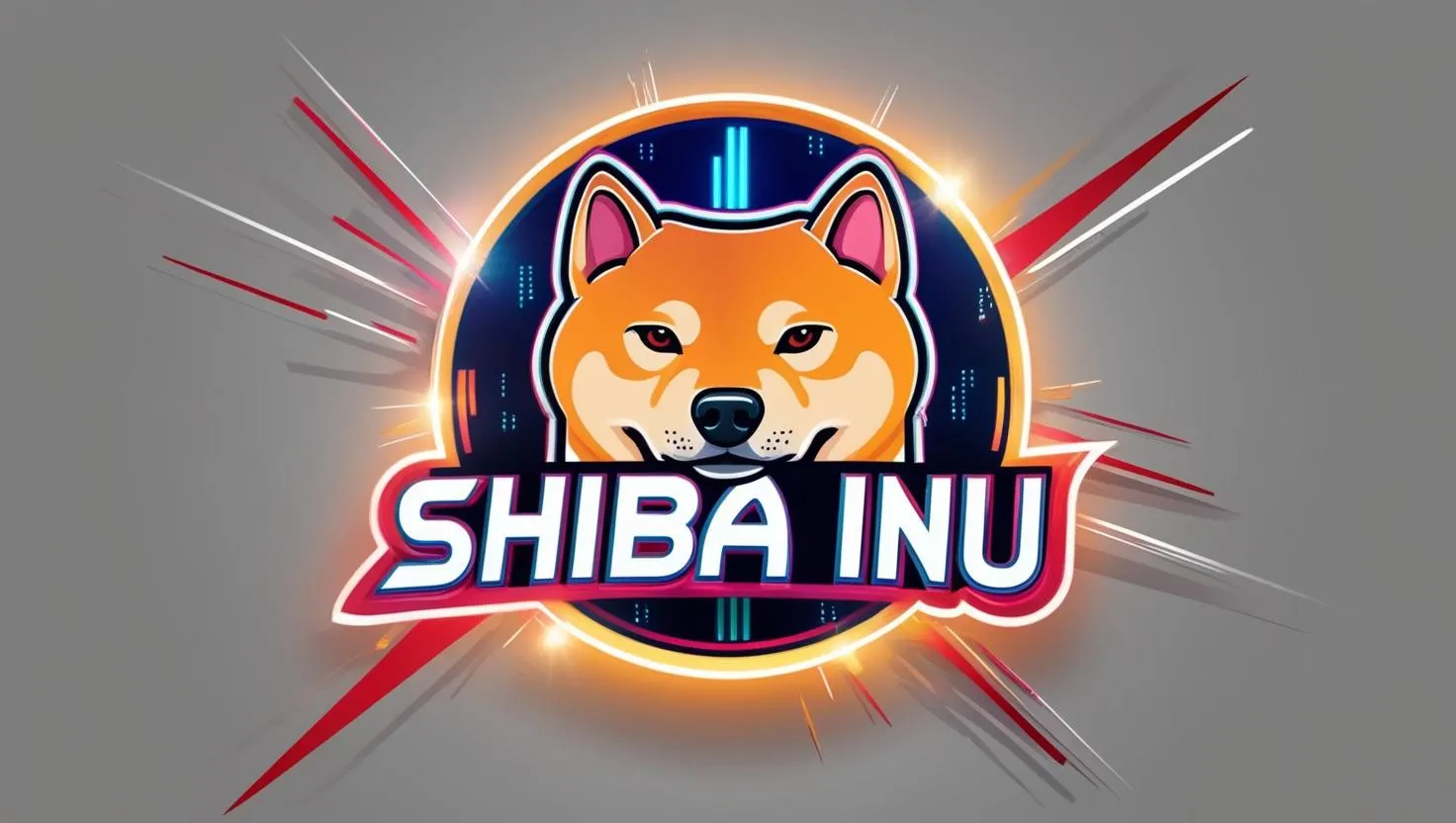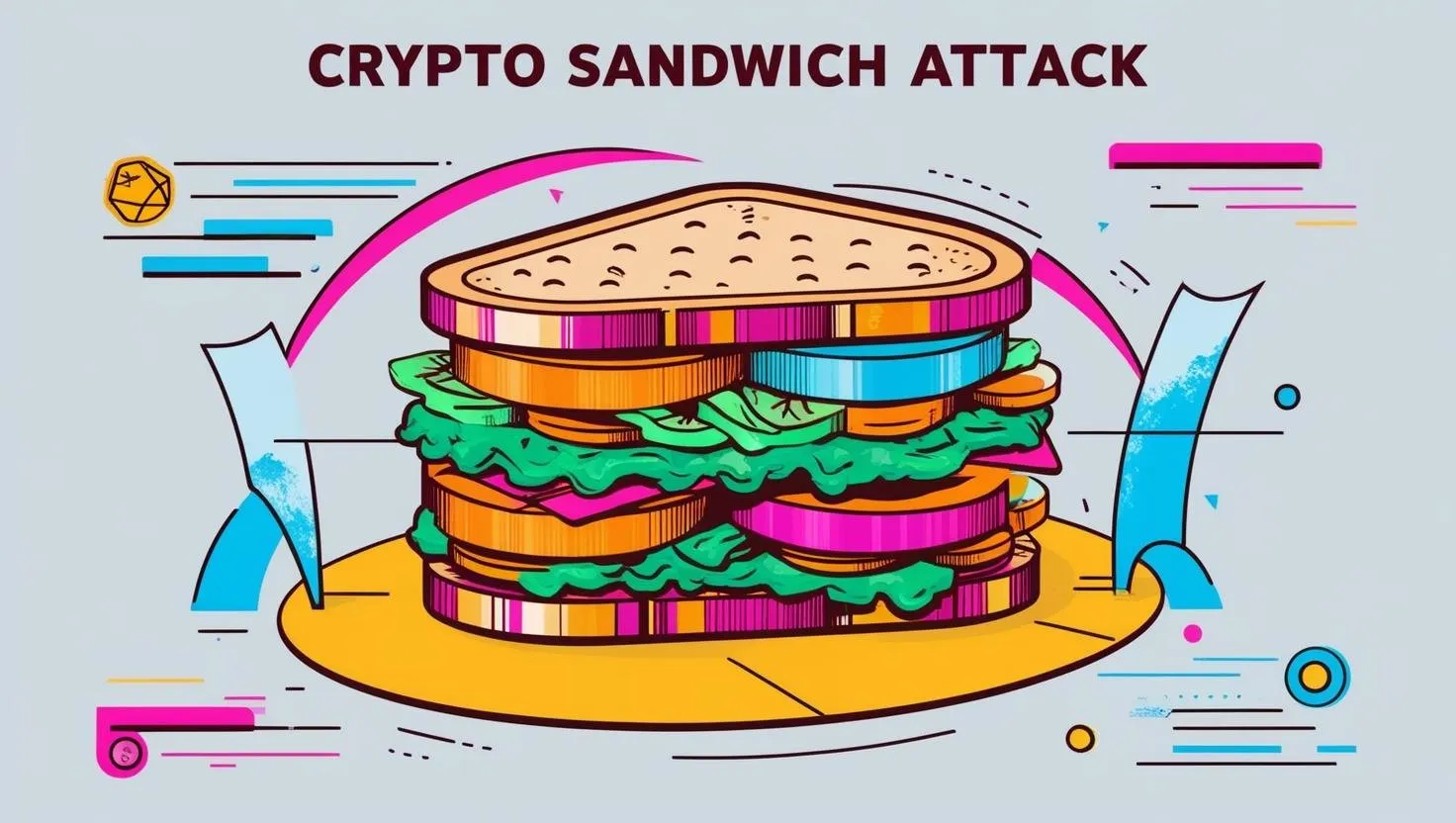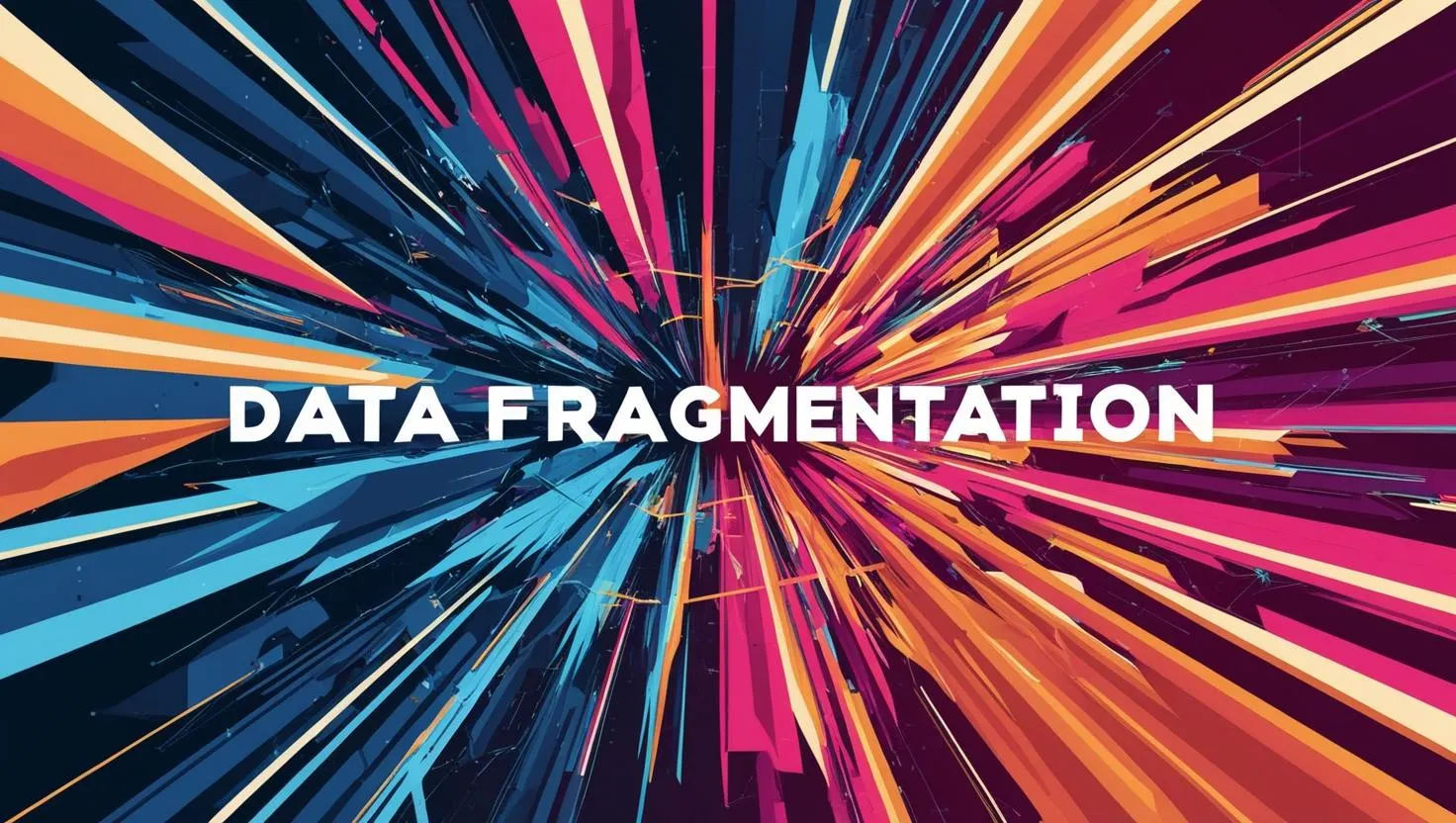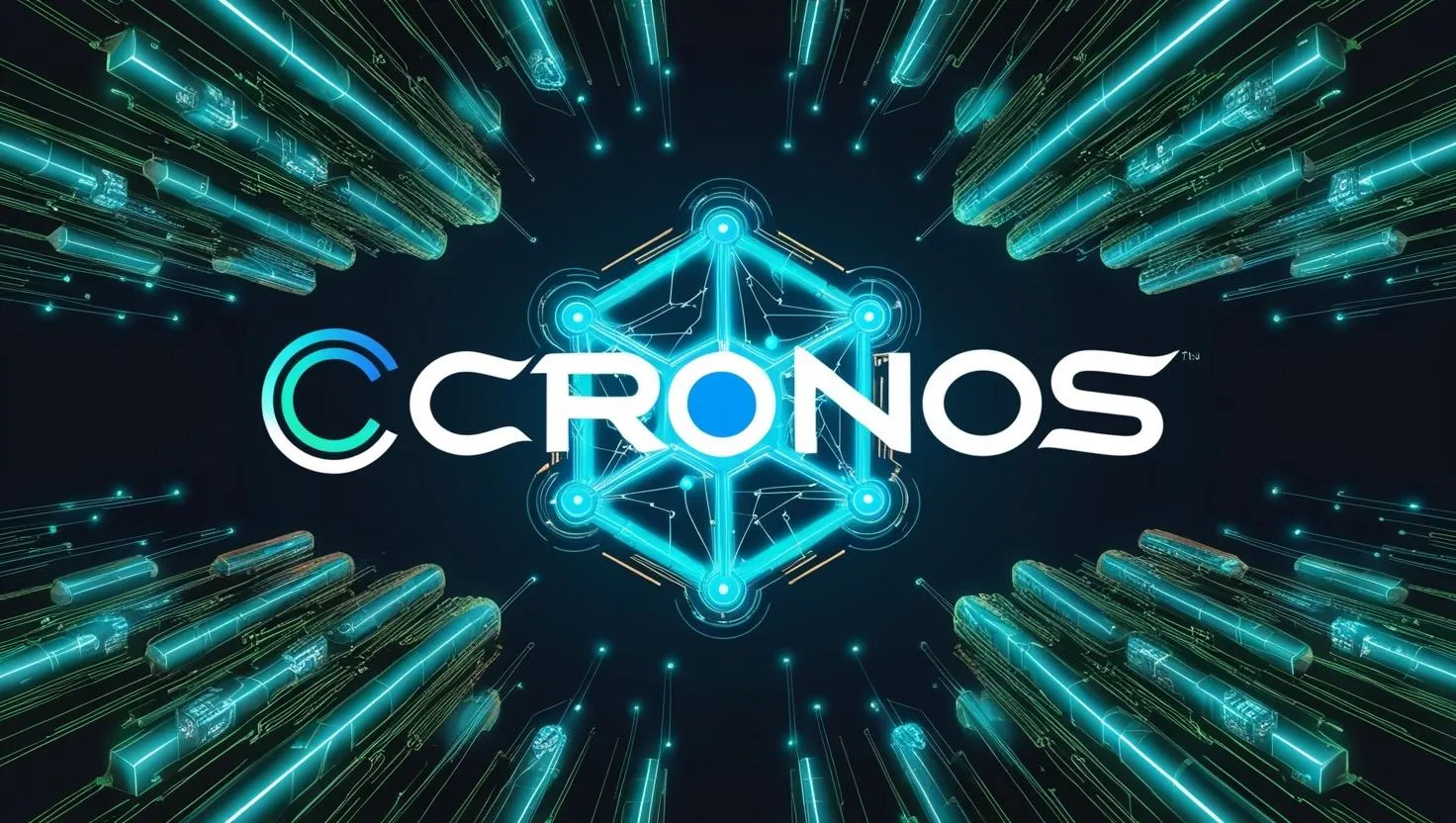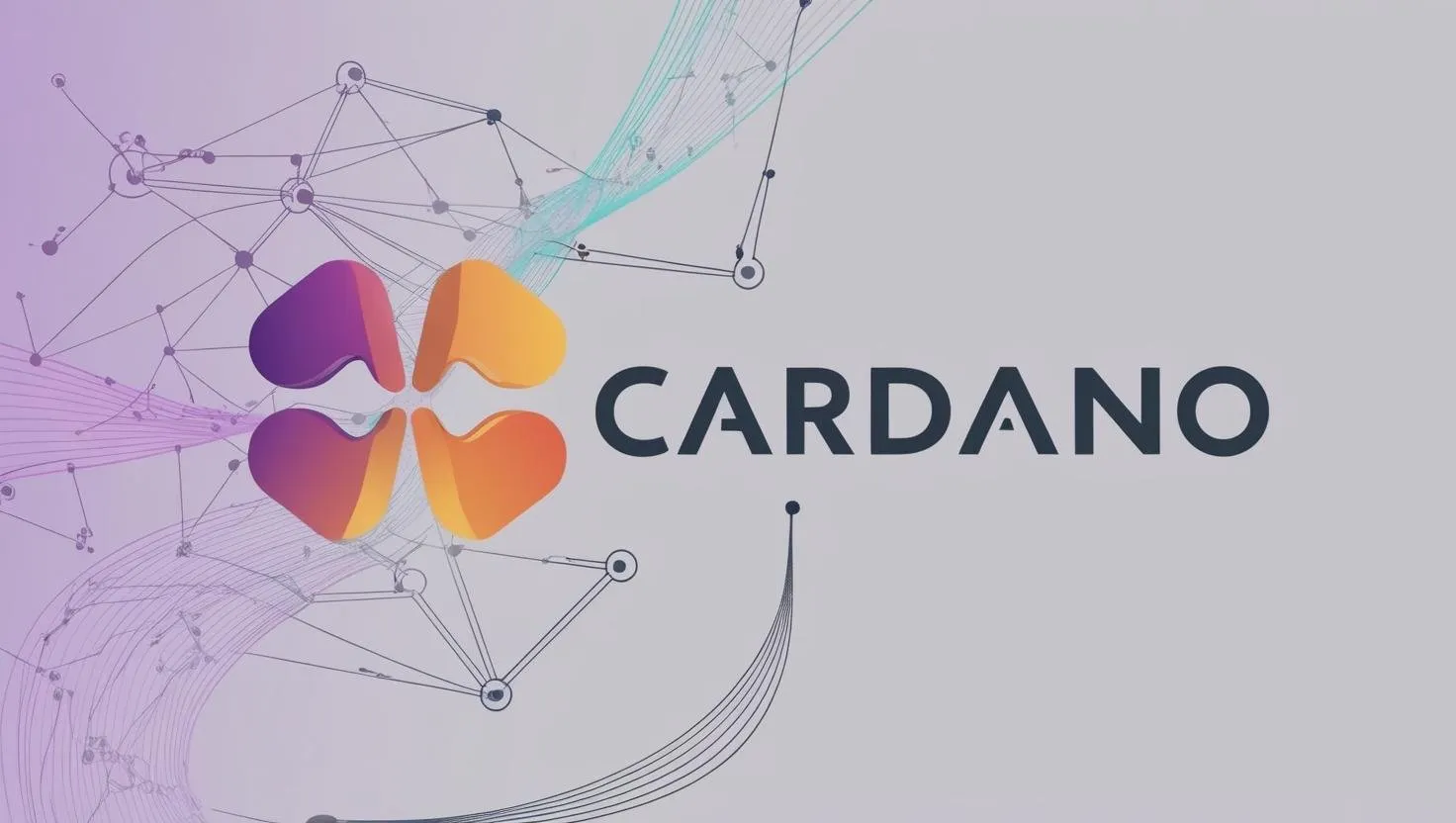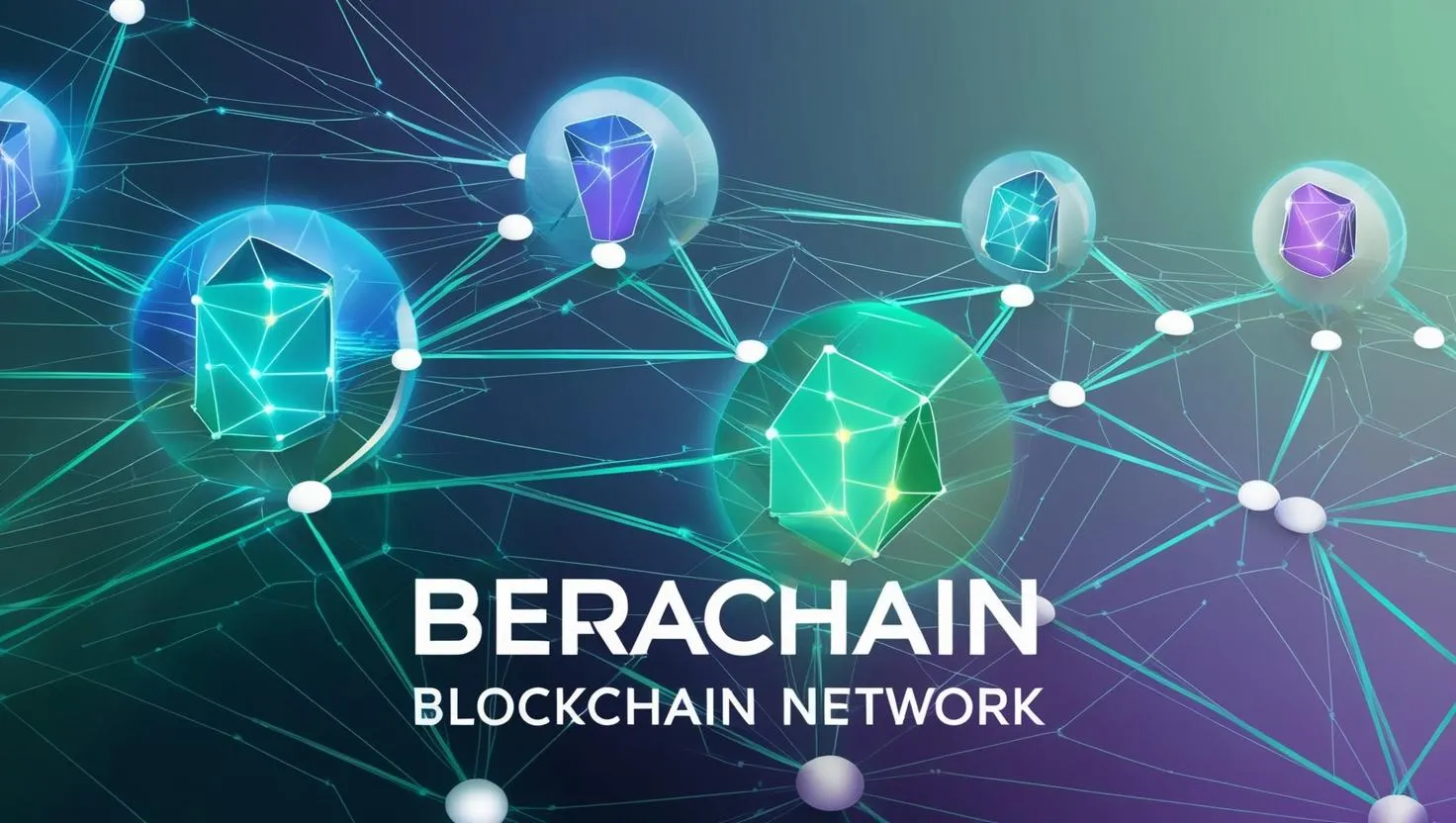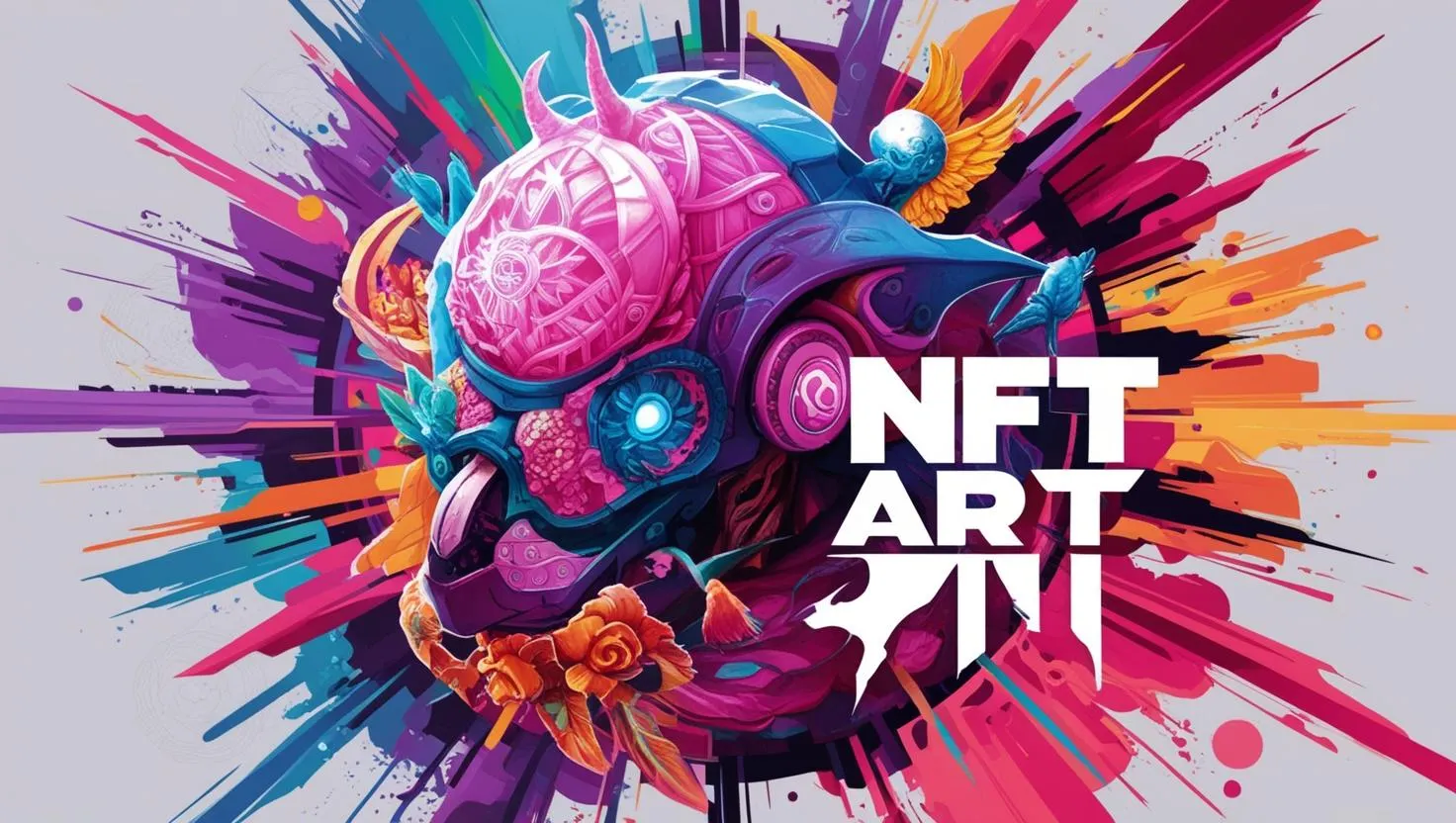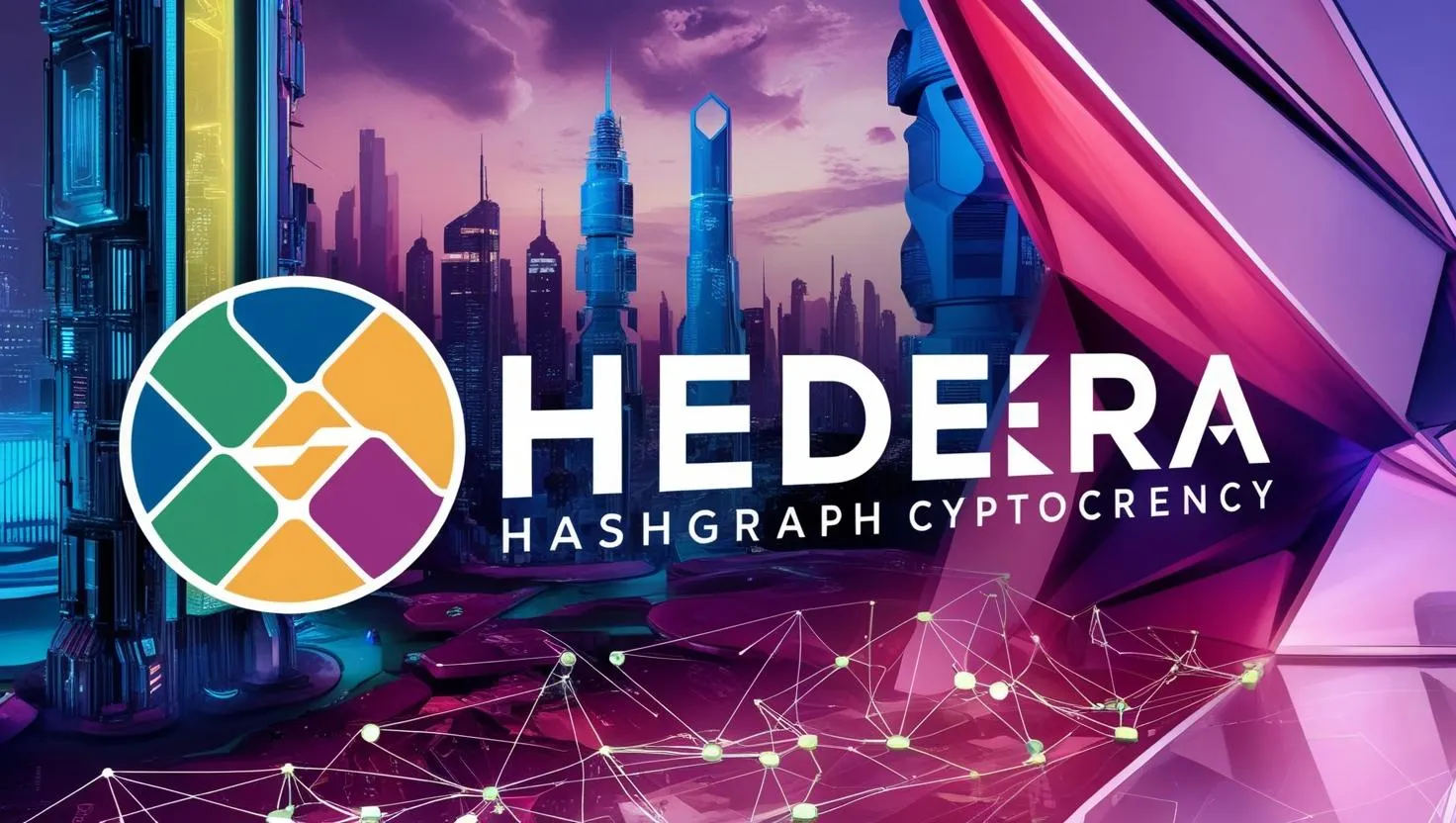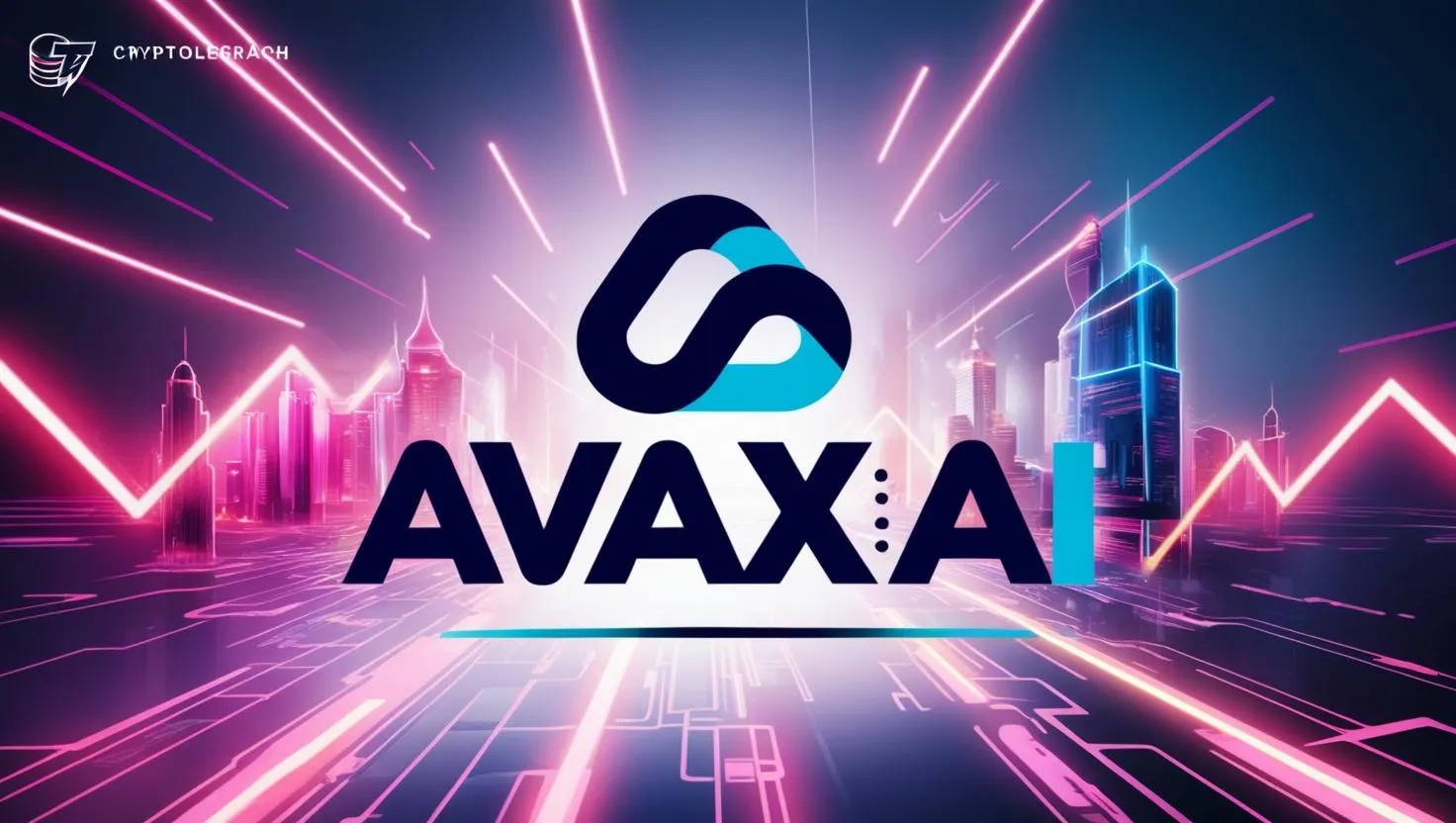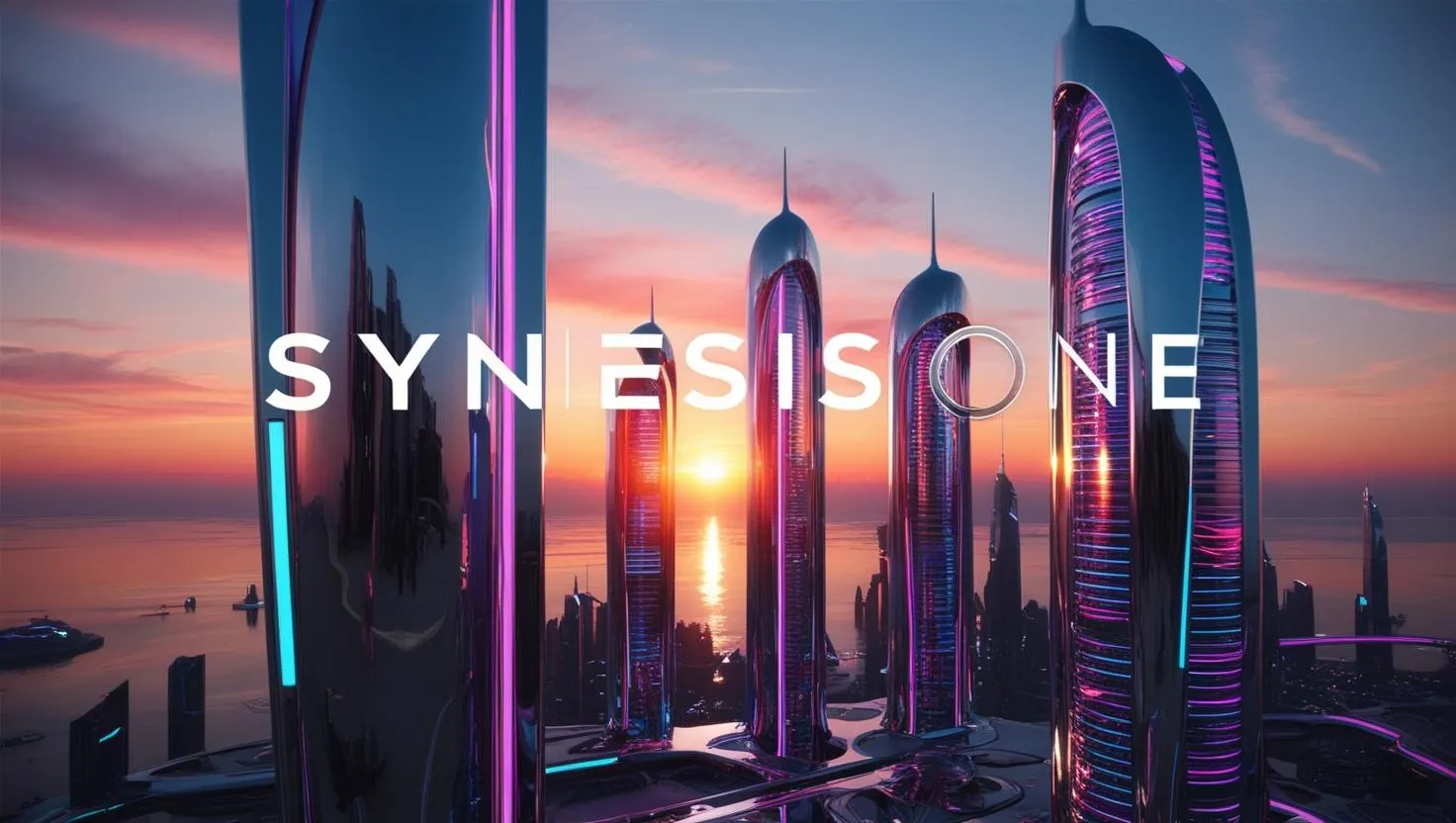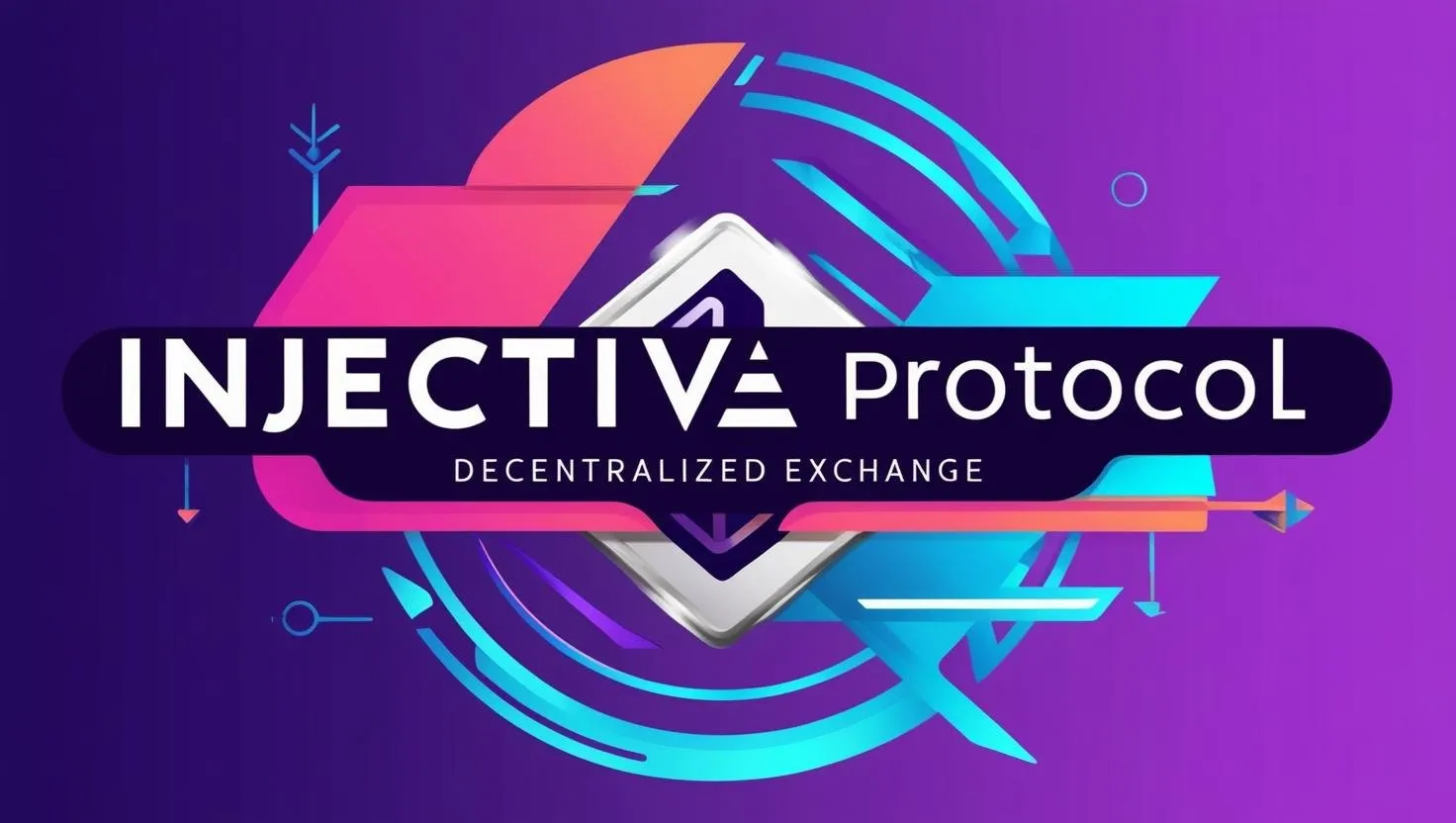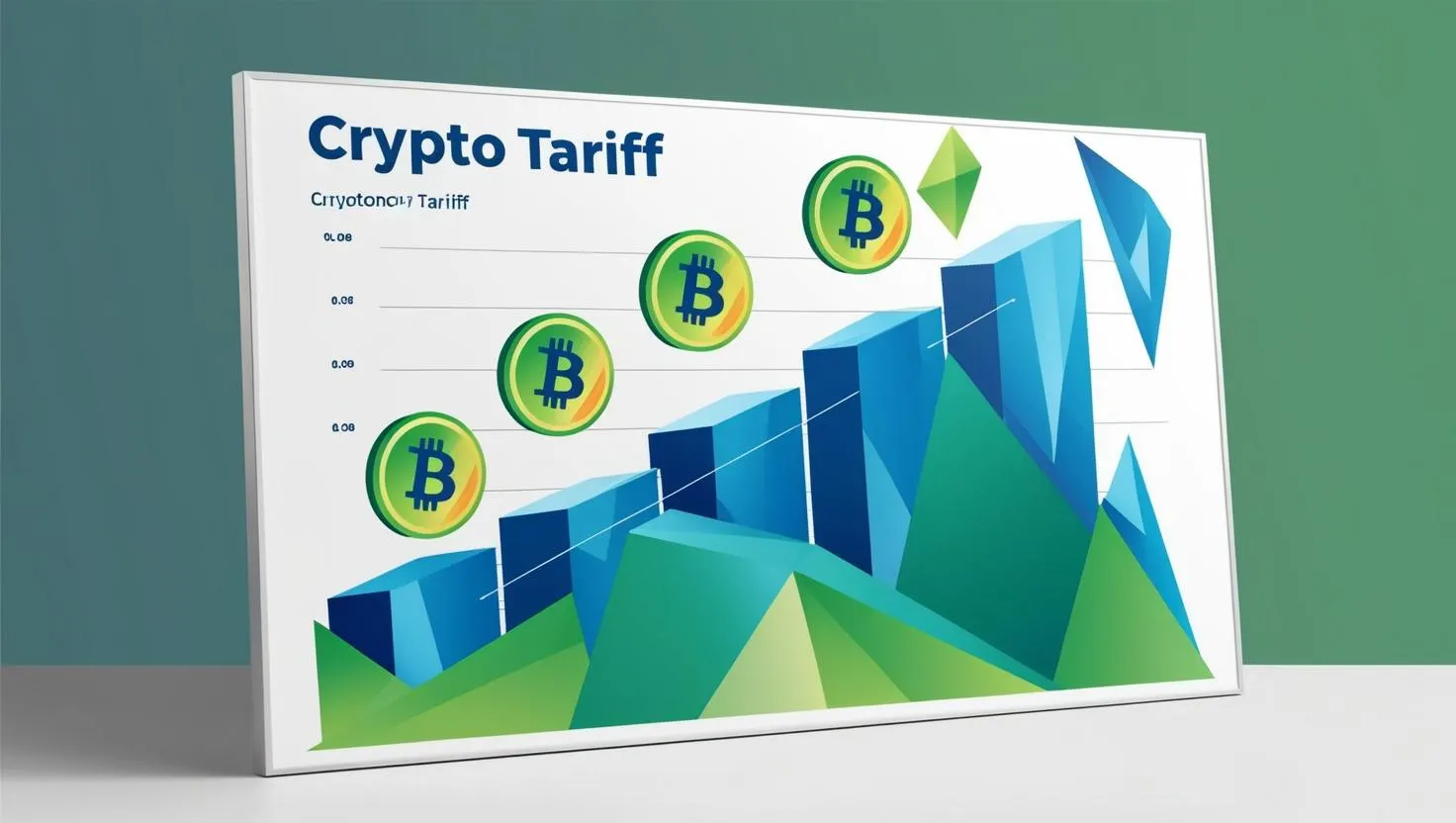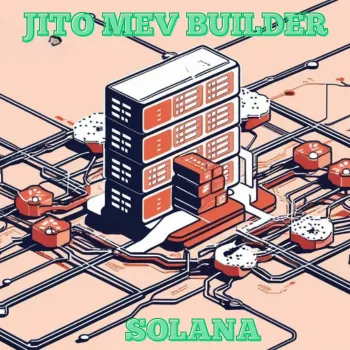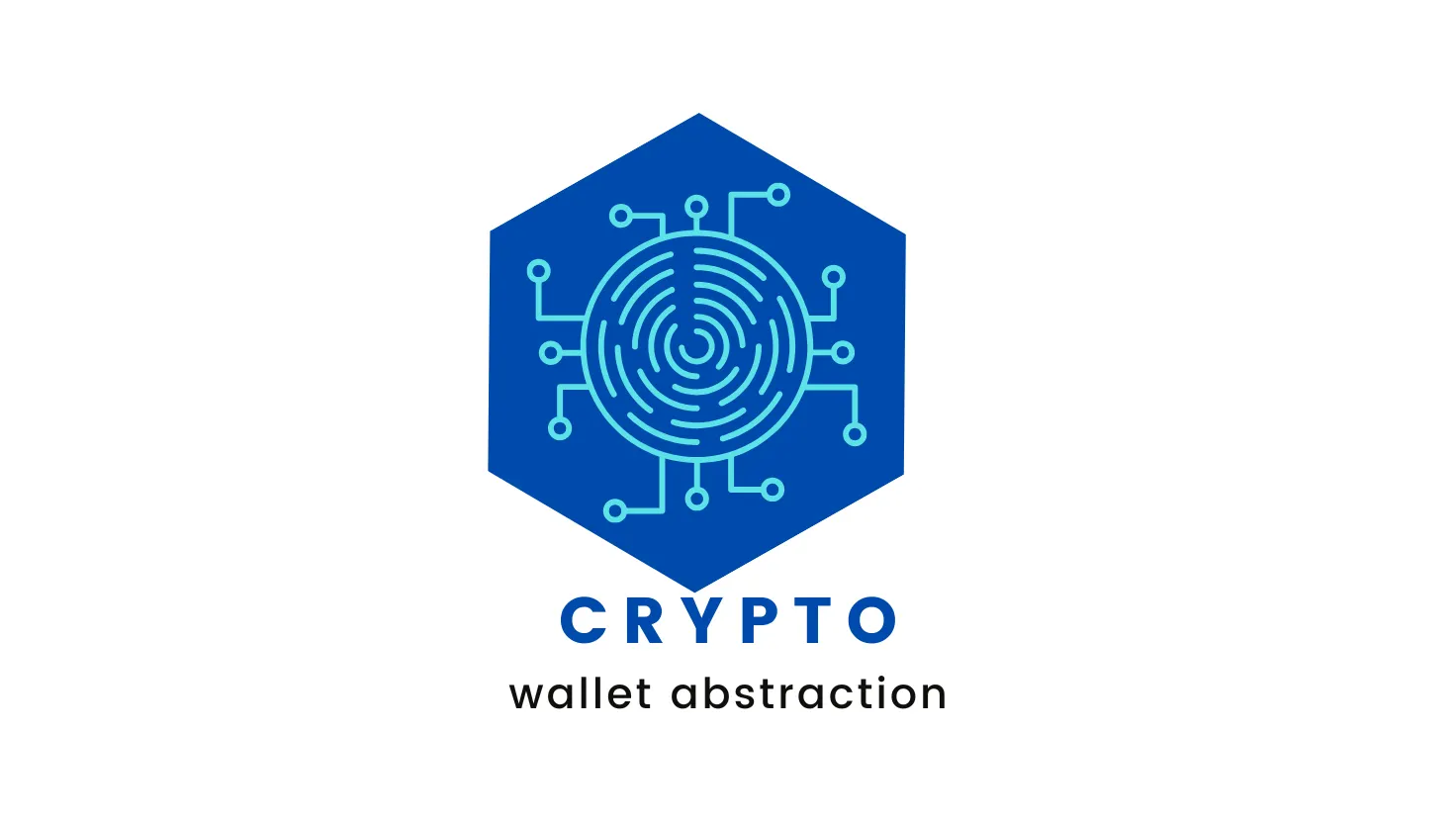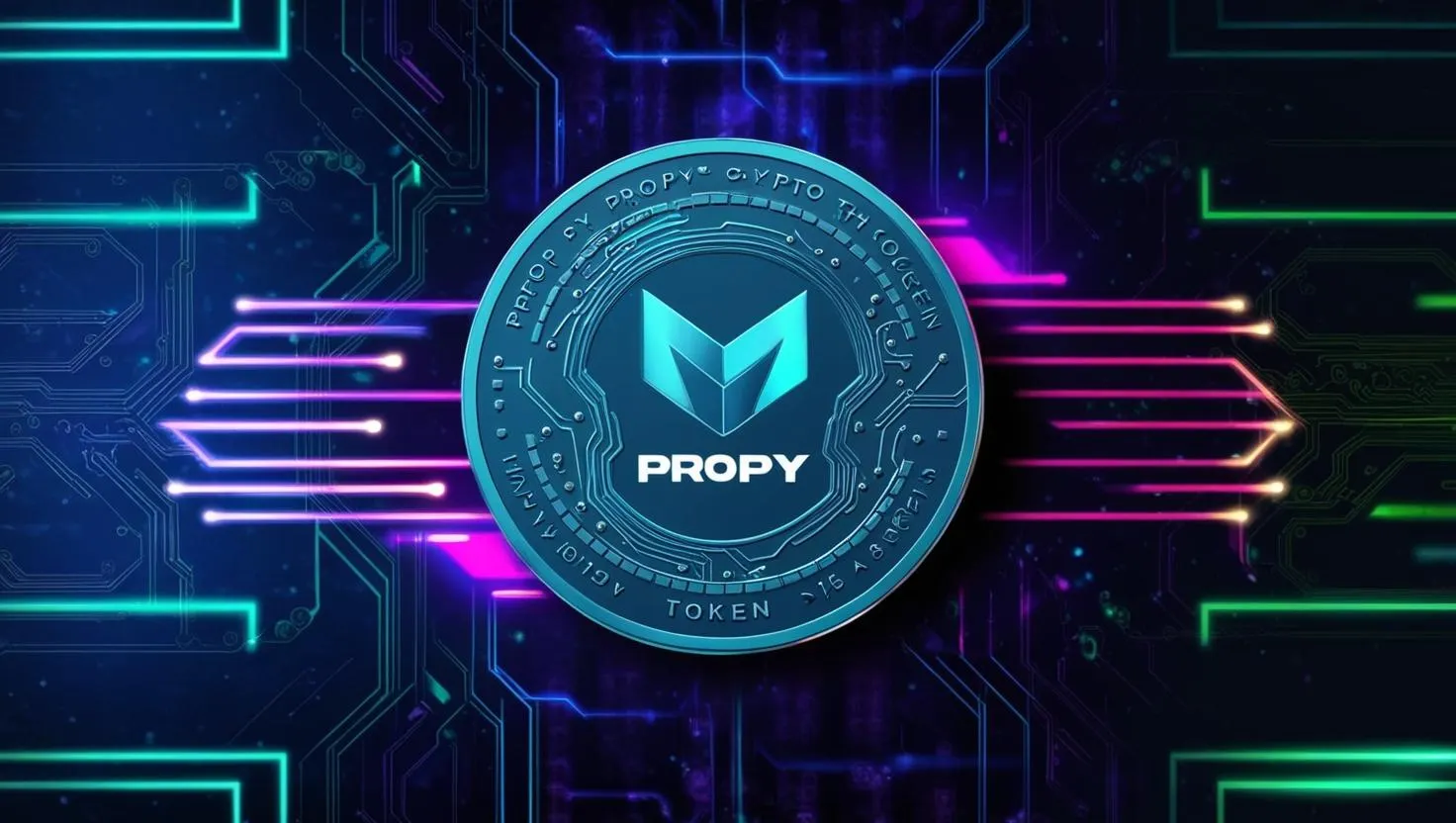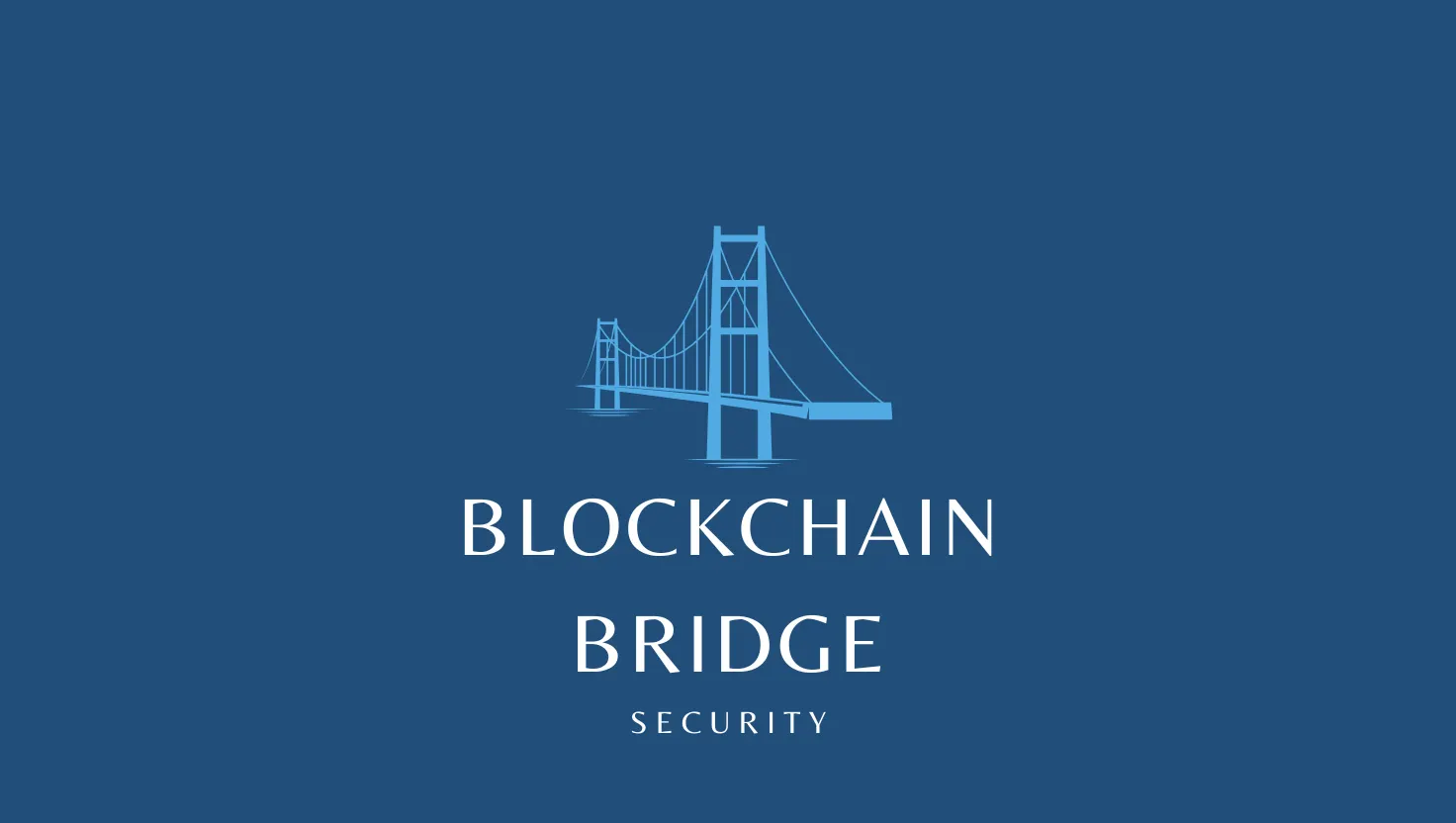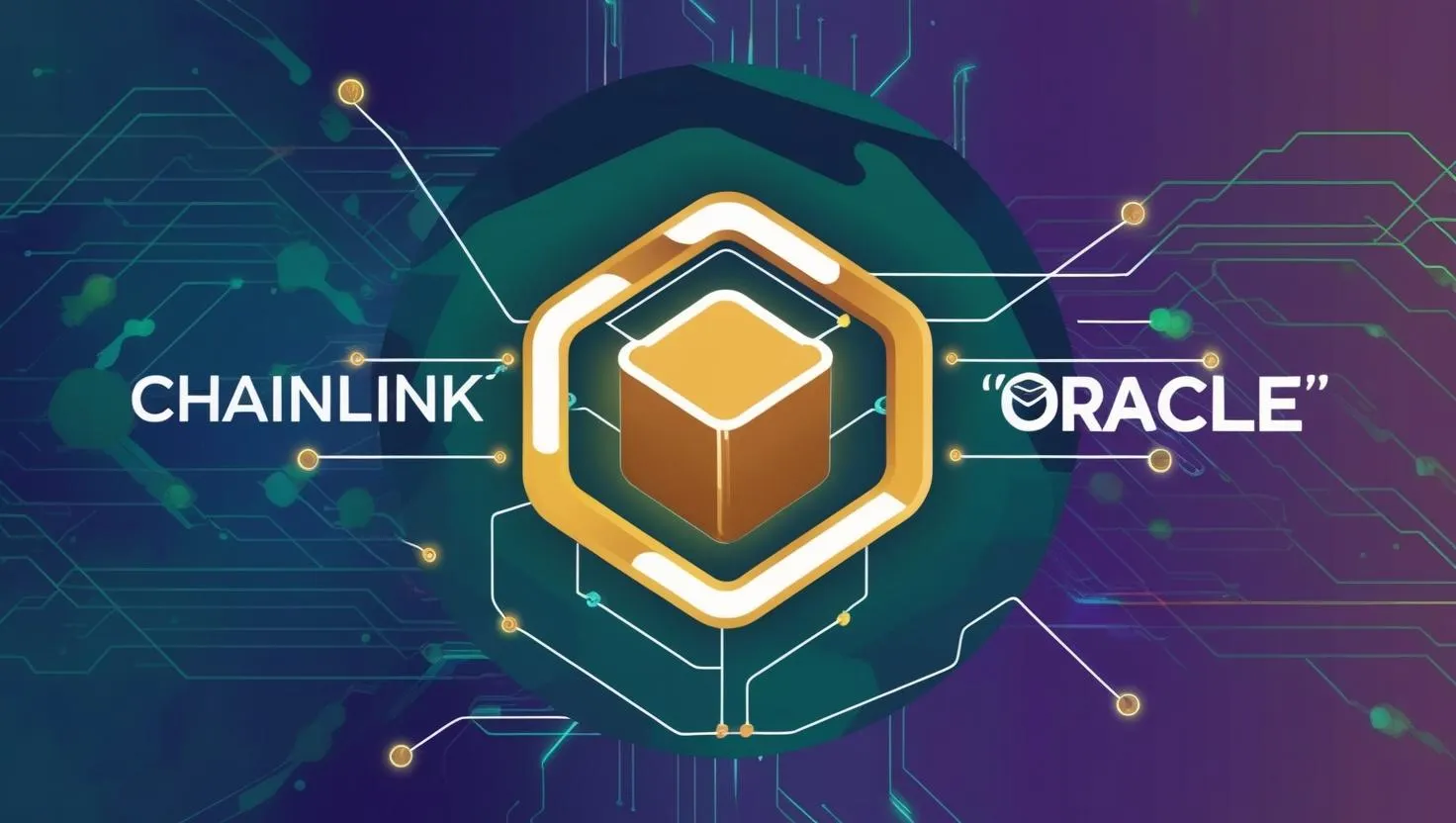Layer 3 Unveiled: The Future of Blockchain Specialization and Interoperability
Layer 3 (L3) in the blockchain ecosystem represents the third tier in the scalability and functionality stack, built atop Layer 1 (L1) and Layer 2 (L2) solutions. It’s a relatively new concept in the crypto space, designed to address specific use cases, enhance interoperability, and improve user experience by adding application-specific or cross-chain functionality. For a crypto blog audience, which likely includes enthusiasts, developers, and investors, this explanation dives deep into Layer 3’s purpose, mechanics, examples, benefits, and challenges, while keeping the tone accessible yet detailed.
What is Layer 3?
Layer 3 refers to protocols, frameworks, or applications that operate on top of Layer 2 scaling solutions (or occasionally directly on Layer 1) to provide specialized functionality, interoperability, or user-facing enhancements.
To understand L3, it’s helpful to first contextualize it within the blockchain stack:
- Layer 1 (L1): The base blockchain (e.g., Ethereum, Bitcoin, Solana) handles consensus (e.g., Proof of Stake, Proof of Work), security, decentralization, and data availability. L1s are secure but often limited in scalability, with Ethereum processing ~15-30 transactions per second (TPS) and high gas fees during congestion.
- Layer 2 (L2): Scaling solutions that offload transaction processing from L1 to improve throughput and reduce costs while leveraging L1’s security. Examples include Optimistic Rollups (Arbitrum, Optimism), ZK-Rollups (zkSync, StarkNet), sidechains (Polygon PoS), and state channels (Lightning Network).
- Layer 3 (L3): The application or specialization layer, which builds on L2 (or L1) to deliver tailored solutions for specific use cases (e.g., DeFi, gaming, privacy) or enable interoperability across blockchains.
Think of L3 as the “customization layer” that makes blockchain technology more practical for real-world applications by abstracting complexity, optimizing performance, or connecting disparate networks.
Purpose of Layer 3
Layer 3 addresses the limitations of L1 and L2 by focusing on three key areas: specialization, interoperability, and user experience.
Here’s why L3 matters:
Application-Specific Optimization:
- L1 and L2 are general-purpose, designed to handle a broad range of transactions. L3 tailors blockchain interactions for specific industries or applications, such as:
- High-frequency trading in DeFi with low-latency execution.
- NFT minting and trading for gaming ecosystems.
- Privacy-focused transactions for sensitive data.
- Example: An L3 protocol might optimize a decentralized exchange (DEX) to process thousands of trades per second with near-zero fees, customized for a specific trading platform.
Interoperability:
- As the crypto ecosystem grows, multiple L1s (e.g., Ethereum, Solana, Binance Smart Chain) and L2s (e.g., Arbitrum, Polygon) coexist, creating fragmented ecosystems. L3 enables seamless communication and value transfer between these networks.
- Example: Transferring assets from an Ethereum-based L2 to a Solana-based application without relying on centralized bridges.
Enhanced User Experience:
- L3 abstracts away blockchain complexities (e.g., gas fees, wallet setup, transaction confirmations) to make crypto accessible to non-technical users.
- Example: A gaming-focused L3 might let players trade in-game assets without ever interacting with a wallet or paying gas fees directly.
Cost and Performance Efficiency:
- By building on L2’s scalability, L3 can achieve even lower costs and higher throughput for niche use cases, leveraging advanced cryptographic techniques or off-chain computation.
Privacy and Customization:
- L3 can integrate privacy features (e.g., zero-knowledge proofs) or custom logic for specific industries, such as healthcare or supply chain management.
How Layer 3 Works
Layer 3 solutions are diverse and depend on their specific goals, but they generally operate by extending L2 or L1 infrastructure. Here’s a breakdown of their mechanics:
Nested Scaling:
- L3 often uses L2 as a settlement layer while performing additional off-chain or specialized computation. For example:
- Transactions are processed on an L3 protocol, batched, and settled on an L2 rollup, which then anchors to L1 for finality.
- This “nesting” allows L3 to inherit L2’s scalability and L1’s security while adding custom logic.
- Example: StarkEx, an L3 solution, processes transactions for specific applications (e.g., NFT trading) using ZK-STARKs, settles batches on StarkNet (L2), and anchors to Ethereum (L1).
Interoperability Protocols:- L3 can act as a cross-chain bridge or messaging layer, enabling communication between L1s and L2s.
- Example: LayerZero uses oracles and relayers to facilitate asset transfers and data sharing across blockchains, abstracting the complexity of cross-chain interactions.
Application-Specific Chains or Modules:- L3 can manifest as dedicated chains, rollups, or modules tailored for specific use cases. These often rely on L2 for settlement and L1 for security.
- Example: A gaming L3 chain might process in-game microtransactions off-chain, settle periodically on an L2 rollup, and use Ethereum for final settlement.
Smart Contract Abstraction:- L3 protocols often deploy smart contracts on L2 or L1 to handle custom logic, such as privacy-preserving transactions or cross-chain swaps.
- Example: An L3 DeFi protocol might aggregate liquidity from multiple L2s into a single interface, optimizing for speed and cost.
Advanced Cryptography:- L3 solutions may use zero-knowledge proofs (e.g., zk-SNARKs, zk-STARKs) or other cryptographic techniques to enable privacy, compress data, or perform complex computations off-chain.
- Example: An L3 privacy protocol might generate a proof of a private transaction, submitting only the proof to L2 for verification.
Examples of Layer 3 SolutionsAs of June 2025, several projects exemplify L3 or L3-like functionality. Here are key examples:
StarkEx (StarkWare):
- An L3 solution built on StarkNet (L2 ZK-Rollup).
- Provides scalable, application-specific solutions for DeFi (e.g., dYdX), NFTs (e.g., Immutable X), and gaming.
- Uses ZK-STARKs to process transactions off-chain, settling batched proofs on StarkNet, which settles on Ethereum.
- Benefits: High throughput, low costs, and tailored functionality.
Immutable X:- An L3 solution for NFT marketplaces, built on StarkEx.
- Optimizes NFT minting, trading, and transfers with zero gas fees for users, leveraging StarkNet’s ZK-Rollup.
- Example use case: Scalable NFT trading for games like Gods Unchained or Guild of Guardians.
LayerZero:- An interoperability protocol often classified as L3.
- Enables cross-chain communication between L1s (e.g., Ethereum, Solana) and L2s (e.g., Arbitrum, Optimism) using a messaging protocol with oracles and relayers.
- Example use case: Transferring a stablecoin like USDC from Polygon to Avalanche seamlessly.
Orbs Network:- A blockchain platform positioned as L3, providing infrastructure for DeFi, NFTs, and enterprise use cases.
- Operates on top of Ethereum or other L1s, offering customizable execution environments.
- Example use case: Decentralized identity or private DeFi transactions.
Custom DeFi Protocols:- Protocols like dYdX V3 (built on StarkEx) function as L3 by optimizing transaction processing for specific financial use cases, such as perpetual futures trading.
Benefits of Layer 3
Specialization:
- L3 enables tailored solutions for specific industries, making blockchain practical for real-world applications like gaming, DeFi, or supply chain.
Interoperability:- L3 bridges fragmented ecosystems, enabling seamless asset and data transfers across L1s and L2s.
Cost Efficiency:- By leveraging L2’s scalability, L3 can achieve near-zero transaction costs for end users, critical for high-frequency applications.
User Experience:- L3 abstracts technical complexities, making crypto accessible to non-technical users (e.g., gamers or retail investors).
Privacy and Security:- L3 can integrate advanced cryptography (e.g., zero-knowledge proofs) to enable private transactions or secure data processing.
Challenges and Limitations
Complexity:- Adding an L3 layer increases technical complexity, which can introduce new attack vectors or integration challenges.
- Example: Cross-chain bridges (often L3-like) have been targets for hacks due to complex trust assumptions.
Dependency on L2 and L1:- L3 inherits the limitations of the underlying L2 or L1, such as L2 rollup downtime or L1 congestion.
Adoption:- L3 is a newer concept, and widespread adoption is still emerging. Many projects are still in development or lack mainstream recognition.
Interoperability Risks:- Cross-chain protocols (e.g., LayerZero) rely on oracles or relayers, which can introduce centralization or trust issues if not designed carefully.
Regulatory Uncertainty:- As L3 often involves cross-chain or privacy-focused solutions, it may face scrutiny in jurisdictions with strict crypto regulations.
Layer 3 in the Broader Crypto Ecosystem
Layer 3 is a critical evolution in the quest for blockchain scalability and usability. As the crypto ecosystem matures, the need for specialized, interoperable, and user-friendly solutions grows. L3 bridges the gap between L1’s security and decentralization and L2’s scalability, delivering practical applications for industries like gaming, DeFi, NFTs, and beyond.
For example:
- In DeFi, L3 enables ultra-low-cost, high-speed trading platforms or private yield farming.
- In gaming, L3 powers NFT-based economies with seamless in-game transactions.
- In cross-chain ecosystems, L3 connects siloed blockchains, fostering a unified Web3 environment.
As of June 2025, projects like StarkEx, Immutable X, and LayerZero are leading the L3 charge, but the space is still evolving. Future L3 solutions may leverage advances in zero-knowledge technology, AI-driven optimization, or modular blockchain designs to further enhance performance and adoption.
Conclusion
Layer 3 is the next frontier in blockchain innovation, enabling specialized applications, cross-chain interoperability, and seamless user experiences. By building on the scalability of L2 and the security of L1, L3 unlocks the potential for blockchain to serve niche industries and mainstream users alike. For crypto enthusiasts, developers, and investors, understanding L3 is key to grasping the future of decentralized applications and the multi-chain ecosystem.




